This year we took up the task of making a new temple chariot for conducting the Ratha Yatra festival at our temple in Bhadrak, Odisha. This has been our desire for many years, going back to when this temple was first established 17 years ago.
Due to the size of the main temple deities, it was impossible to conduct the Ratha Yatra festival properly, but in 2015 we were able to start making a smaller set of utsava deities which would specifically be for conducting the Ratha Yatra procession. These special deities were made from the same wood as Lord Jagannatha in Puri during the 2015 navakalevara festival.
The process of making the small deities took around 4 years and was finally completed in 2019. You can read about that story in a prior article:
How Daru Brahma Jagannatha Came to Our Ashram for Conducting Ratha Yatra
For the first couple years we conducted the Ratha Yatra procession with a very simple chariot, hoping to one day make something more suitable. Finally in the beginning of this year we were able to start construction on a new chariot.
Carpenters who make the original chariot of Lord Balarama in Puri came and stayed here for 5 months to complete this work. For chariot construction they follow a traditional design passed down for centuries in their family. The following are some pictures of the construction work on the chariot during different stages of work over the last five months.
Once the Ratha chariot was completed, the next stage was to paint it. For this an artist from Puri came and stayed for a month, painting every single day for 12 hours. He finally completed it, just in time, on the morning of Ratha Yatra, having painted throughout the night.
In addition to the work on the chariot, nine subsidiary protecting deities (parshva devatas) needed to be made and installed on three sides of the chariot. For Lord Jagannatha’s Nandighosha chariot the traditional nine subsidiary deities are Panchamukha Hanuman, Harihara, Madhu Sudana, Giri Govardhana Dhari, Pandu Narasimha, Chintamani Krishna, Narayana, Ravana Chatrabhanga, and Rama with Hanuman.
We had these nine special deities carved out of wood and then our painter completed the painting in time to install them on the chariot the night before Ratha Yatra. In Puri the Parshva Devatas are made along with Lord Jagannatha during Navakalevara, and kept until the next Navakalevara after 19 years. Even though the Jagannatha Puri Ratha chariots are destroyed each year and remade, the parshva devatas are never remade until Navakalevara.
With that completed the chariot was ready for the festival. On the morning of Ratha Yatra, puja was done to the chariot and the ropes which would be use to pull the chariot, after which the four symbolic horses were attached to the chariot.
Devotees were coming throughout the day for darshana of Lord Jagannatha, and kirtan was held all day. Prasadam was also cooked and distributed to all the visitors.
In the afternoon Lord Jagannatha was brought to the chariot and the devotees began the procession, pulling him through the narrow streets of the city. It was almost impossible with all the low electric wires. Every 15 feet there was another bundle of wires which we had to lift with bamboo poles. But slowly and patiently we were able to pass all obstacles and take the procession of Lord Jagannatha’s chariot throughout the city. Below are some photos from the chariot procession.
The chariot procession returned to the temple in the evening, with everything having gone well. Though externally it was just a one days festival, it was a long 5 months of hard work to manifest this Ratha Yatra. Even before that, there were years of thought and patient planning, from the 2015 Navakalevara to make the utsava deities, and much before that going back to when the temple was first made 17 years ago. It has taken a lot of time to complete, but by the grace of Bhagavan this has been done.
TEST-2
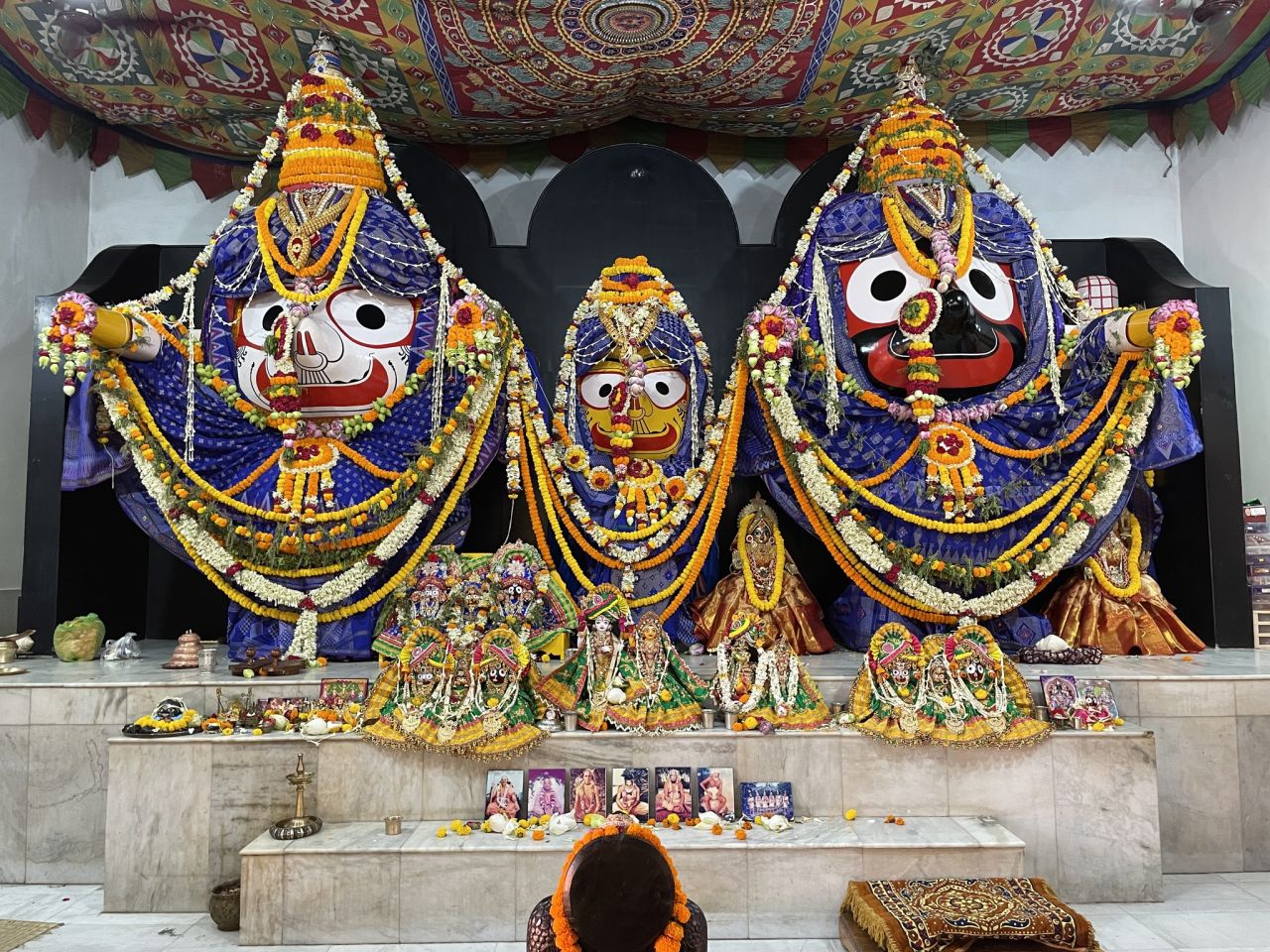
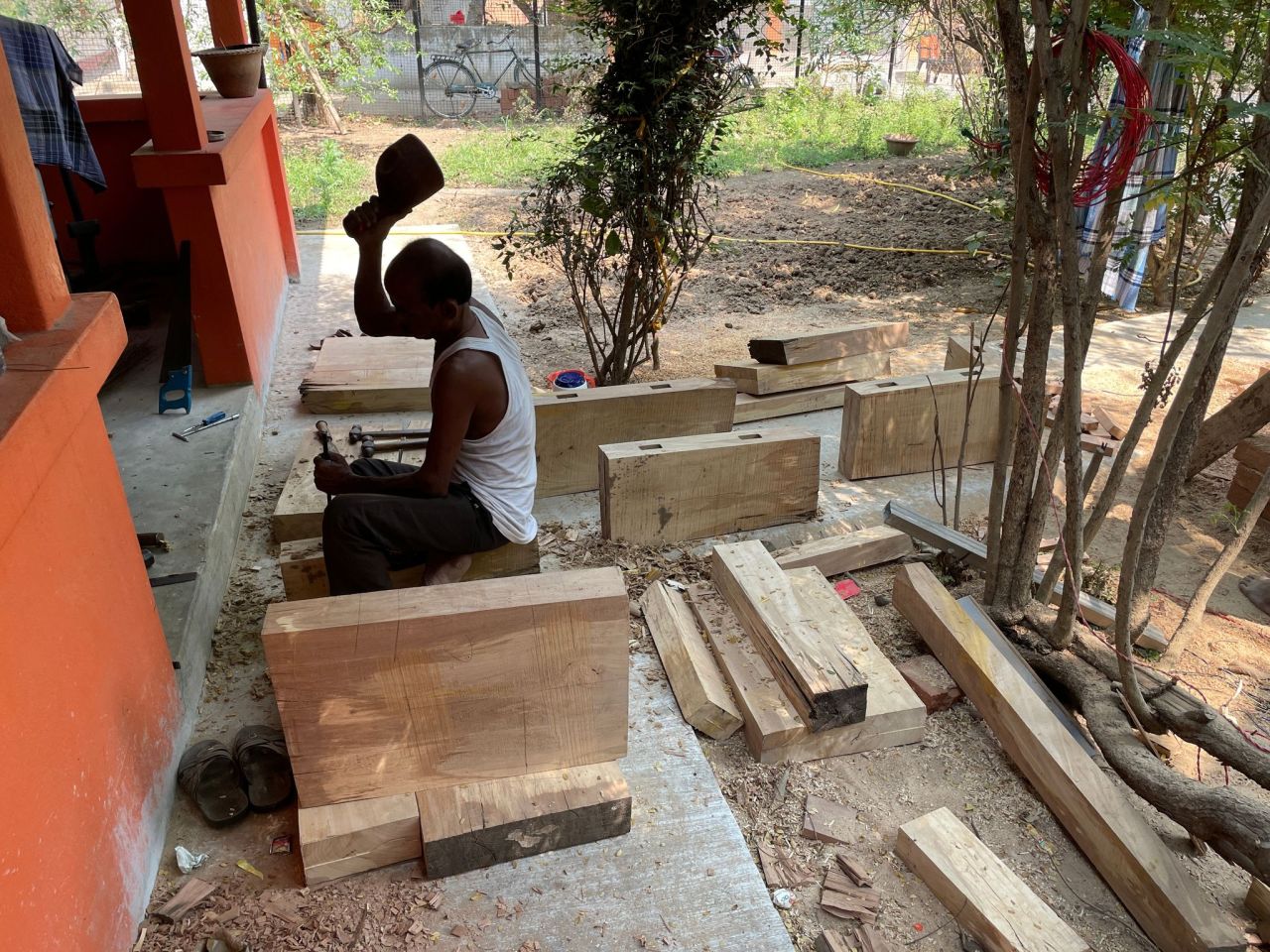
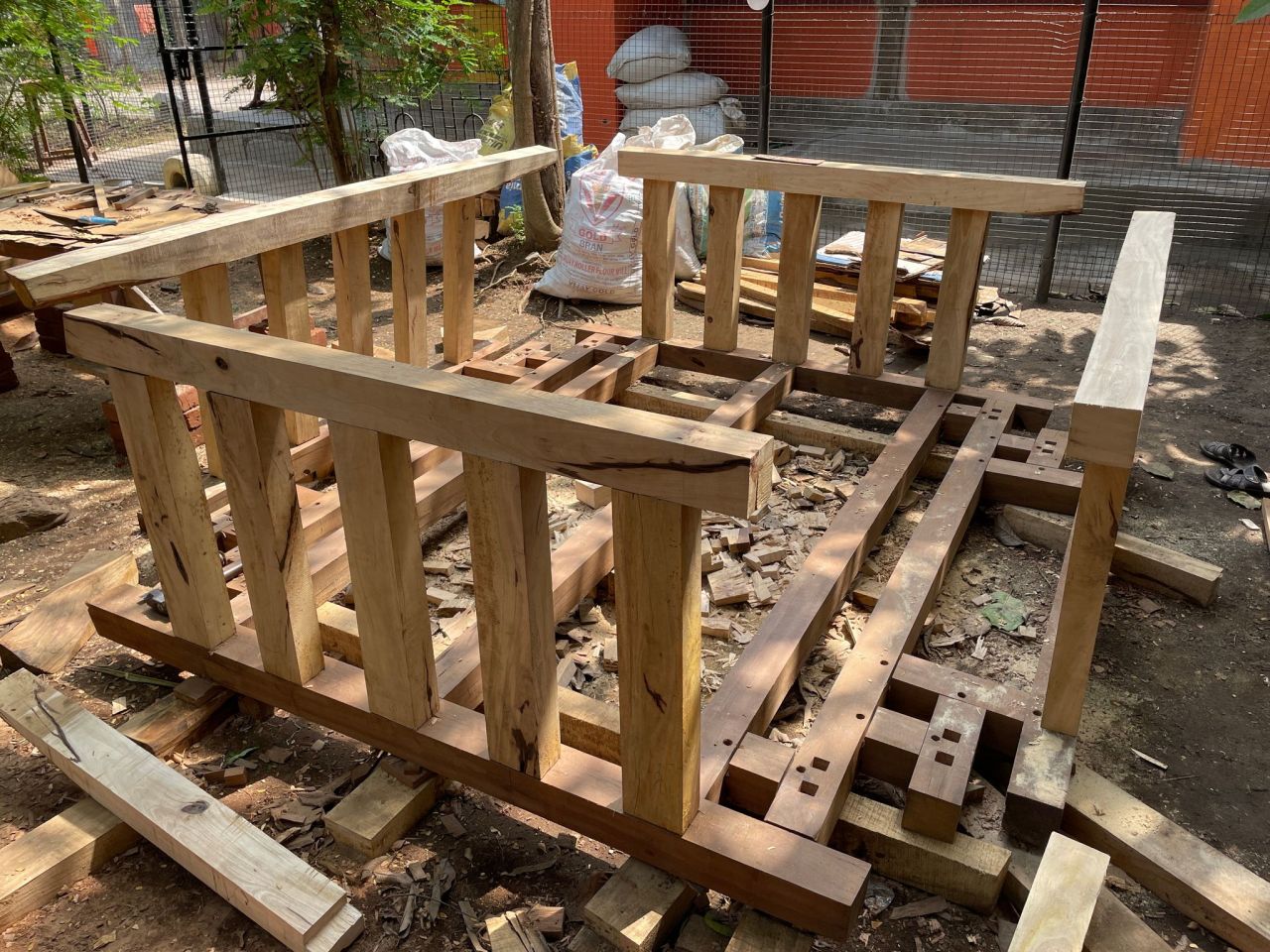
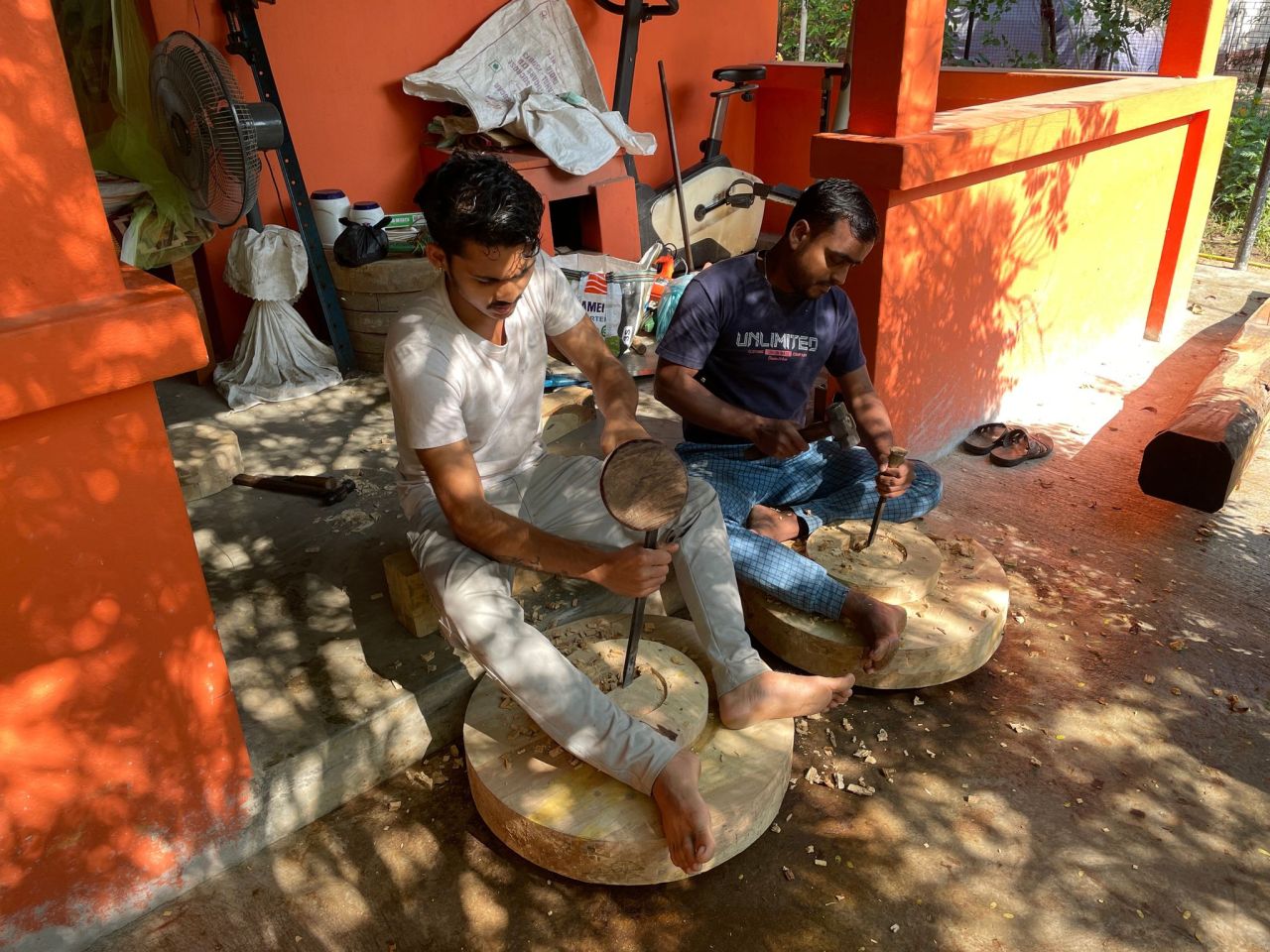
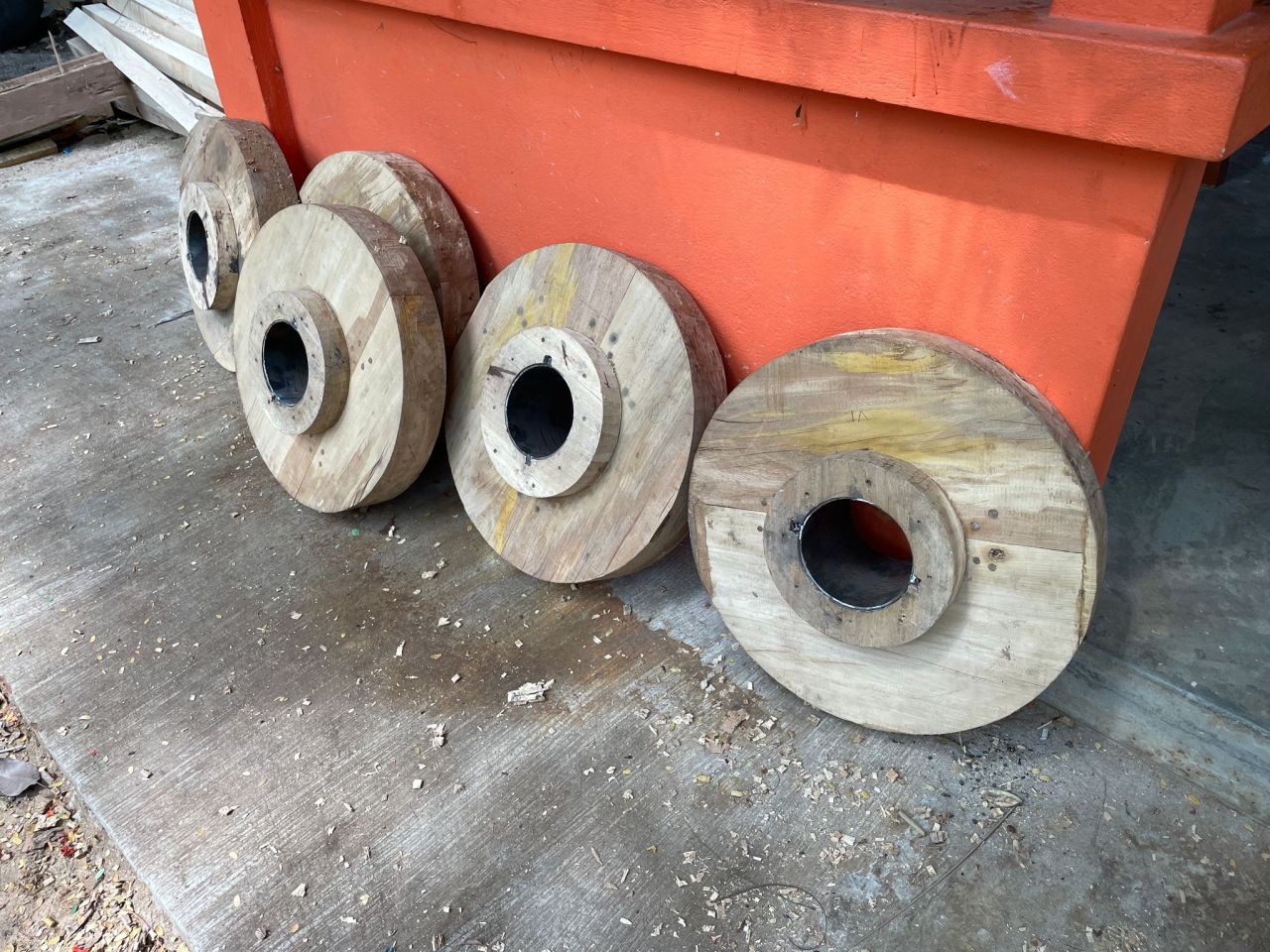
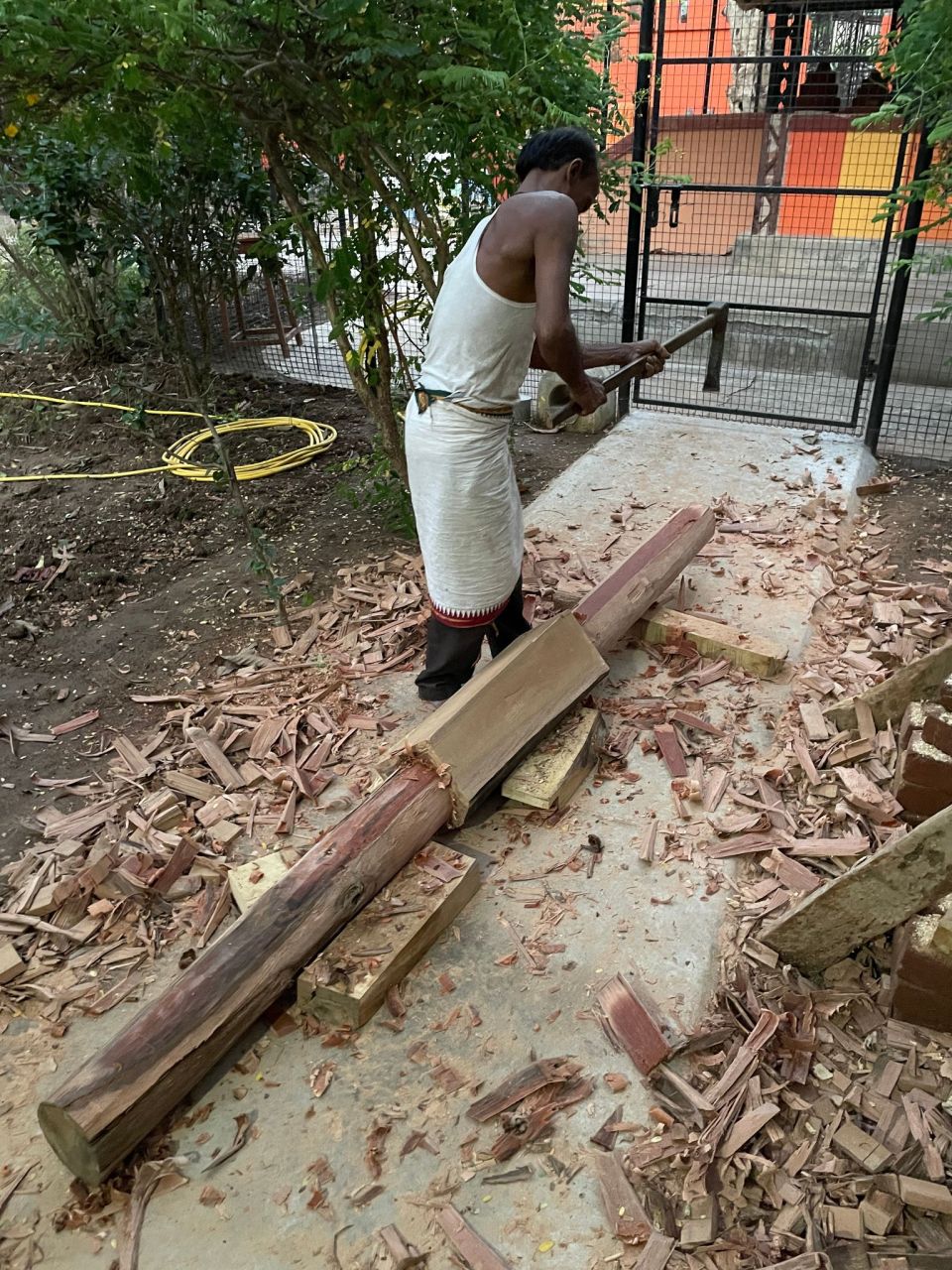
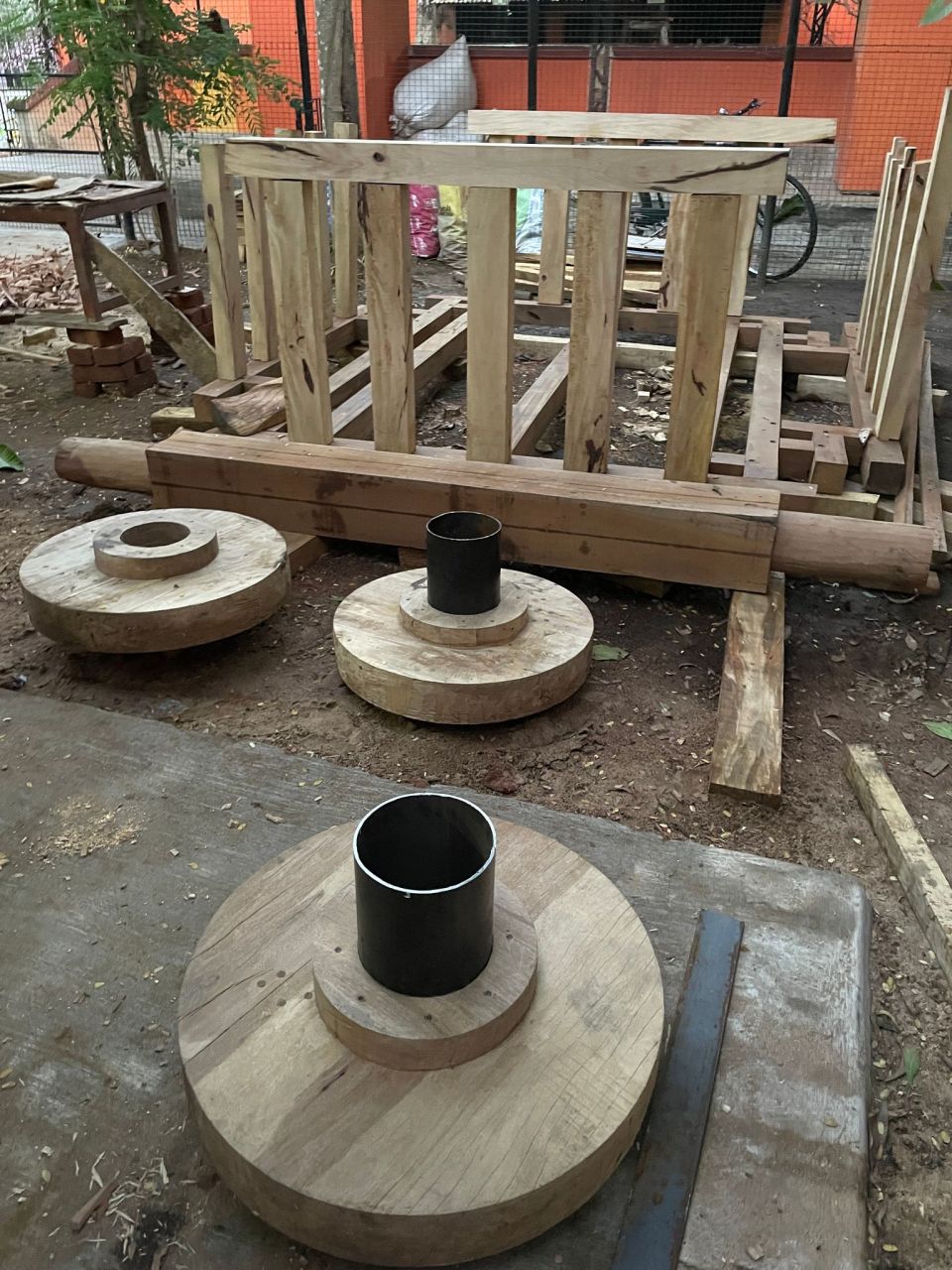
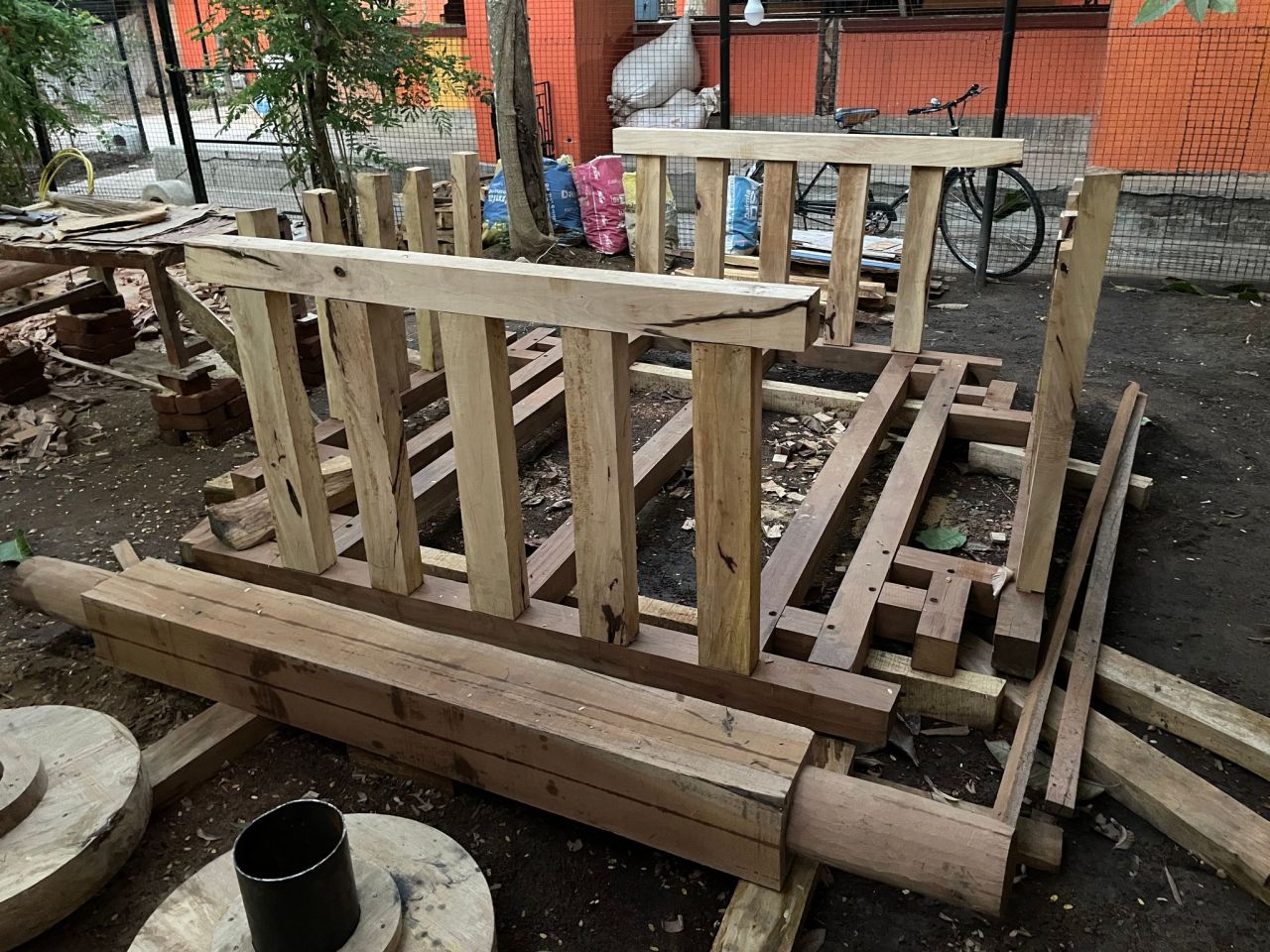
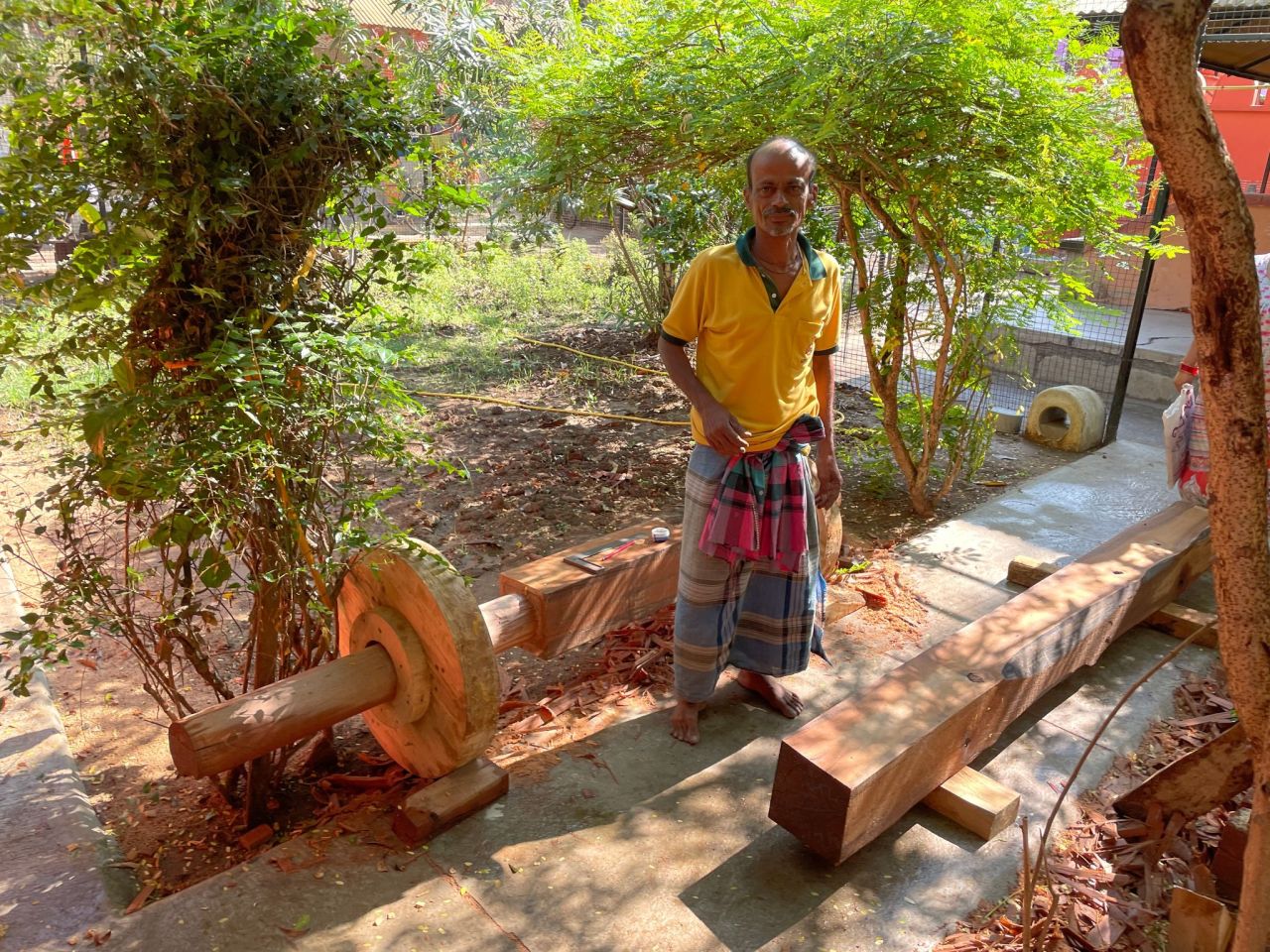
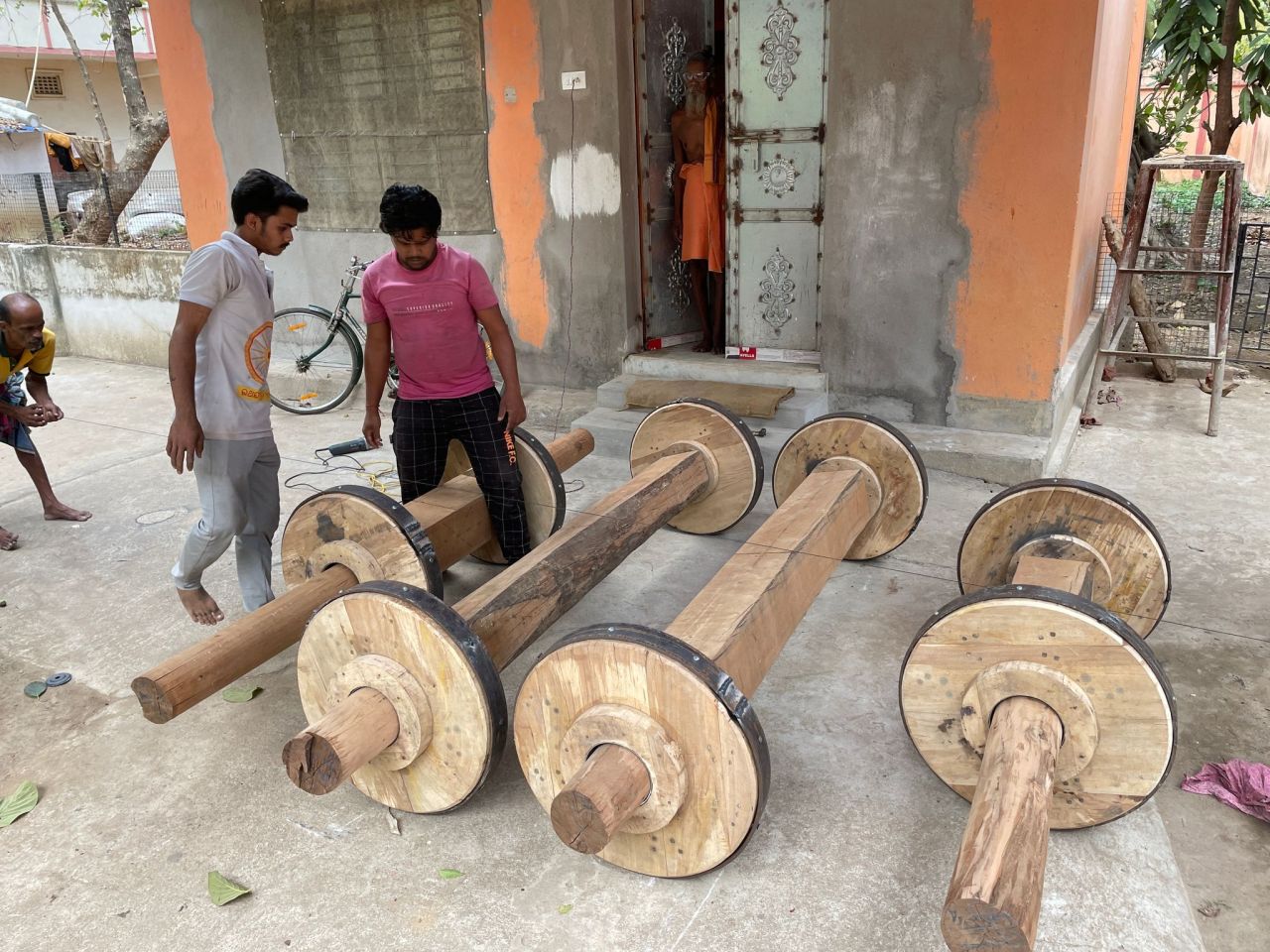
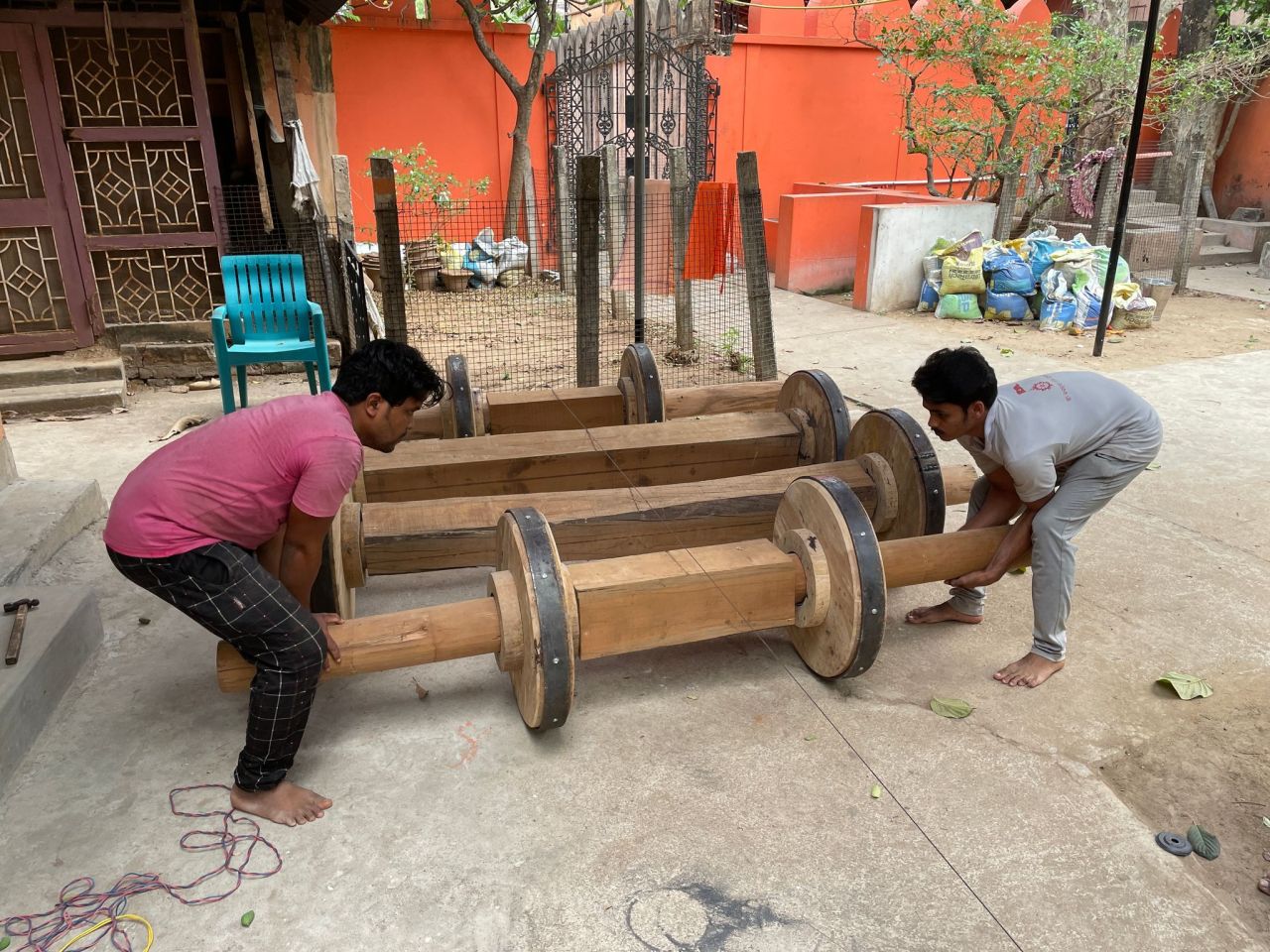
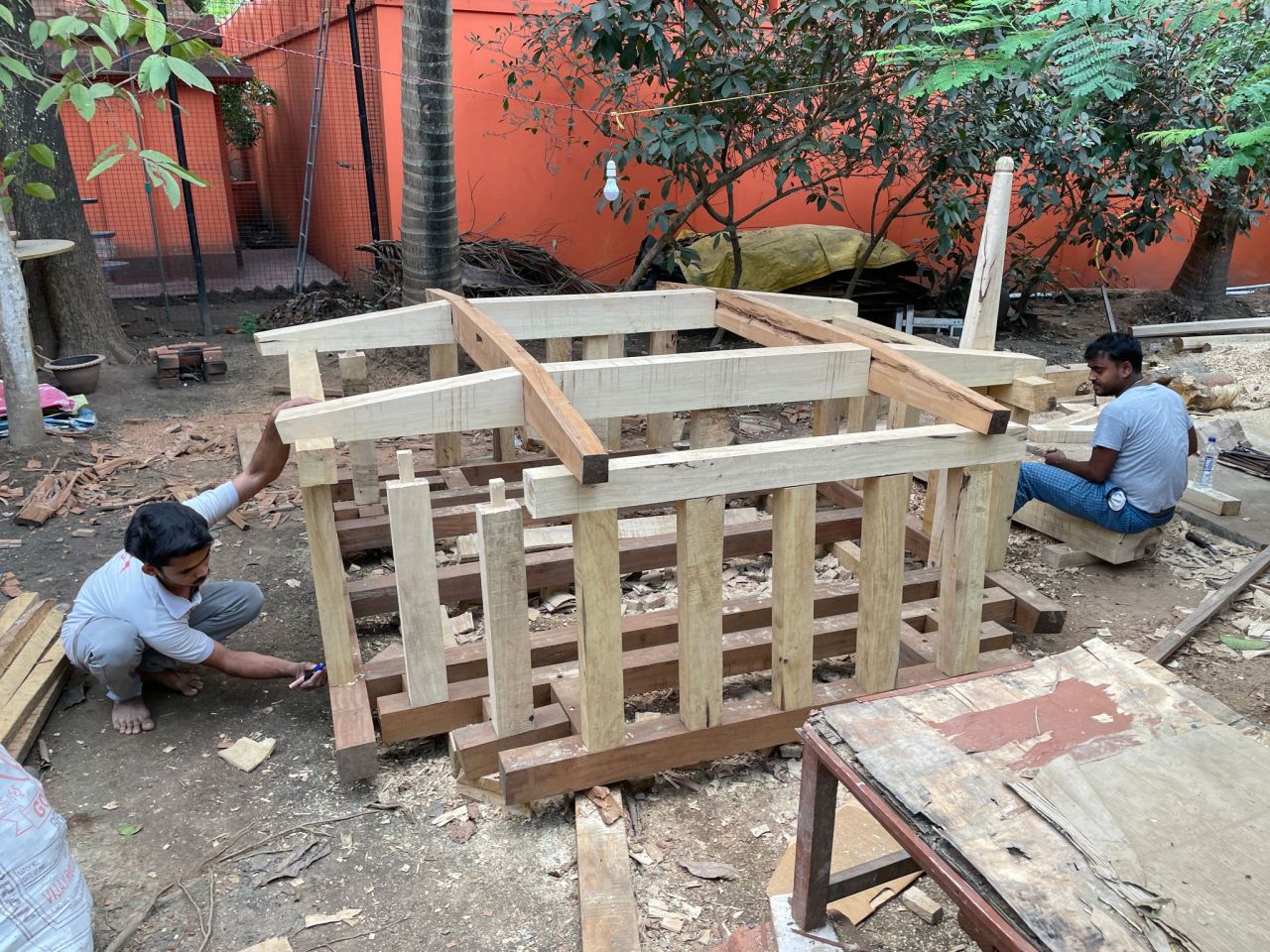
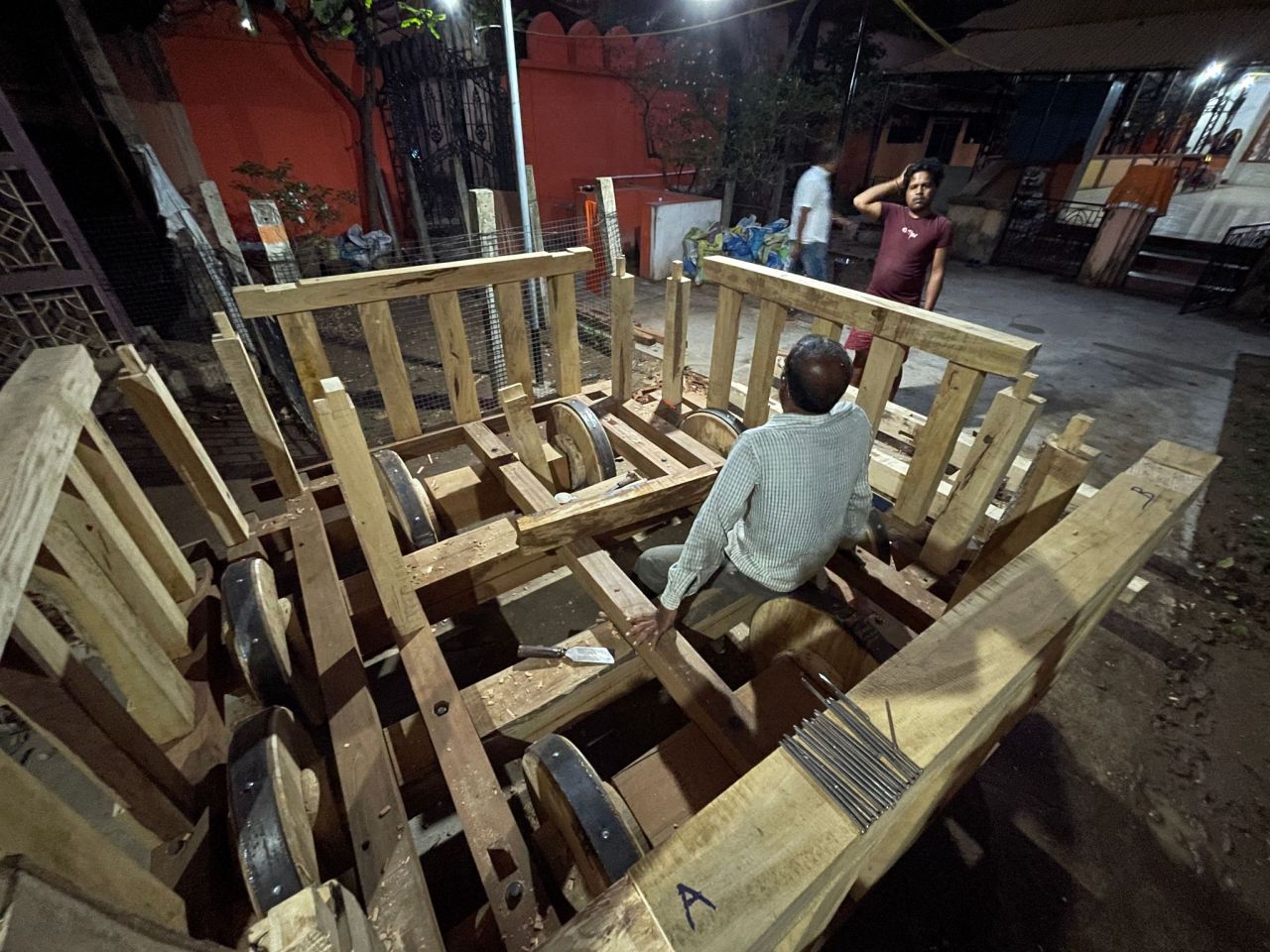
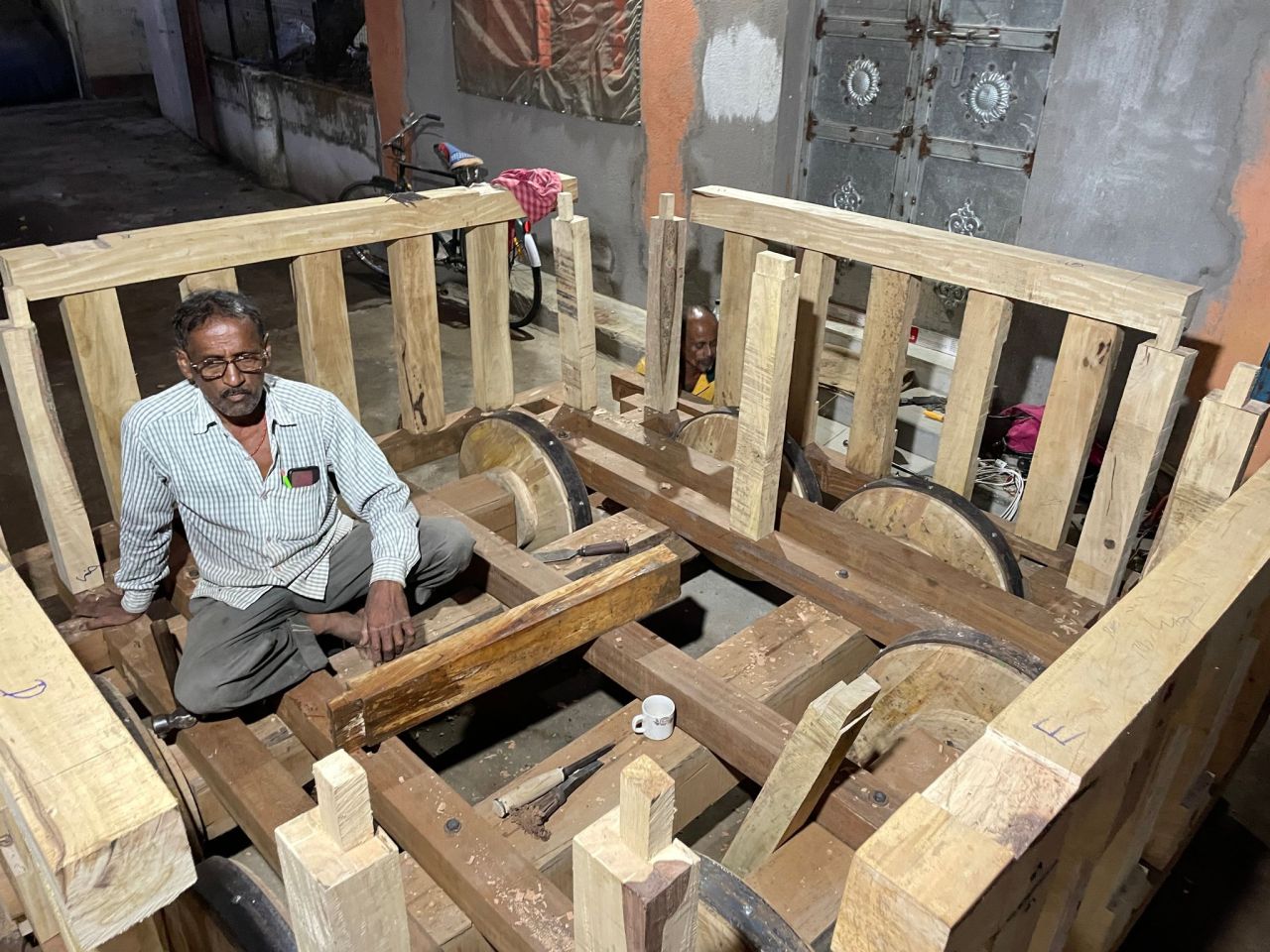
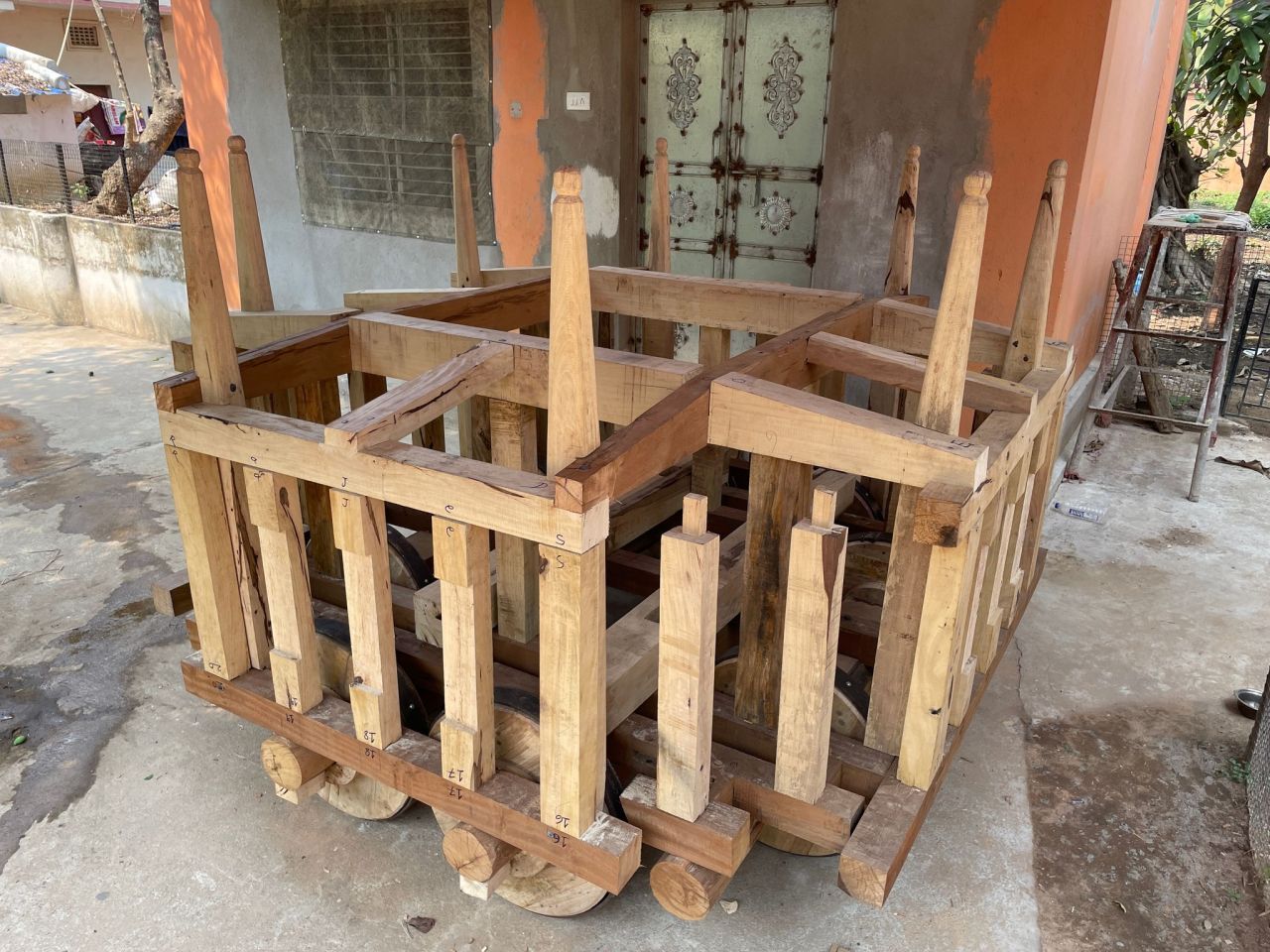
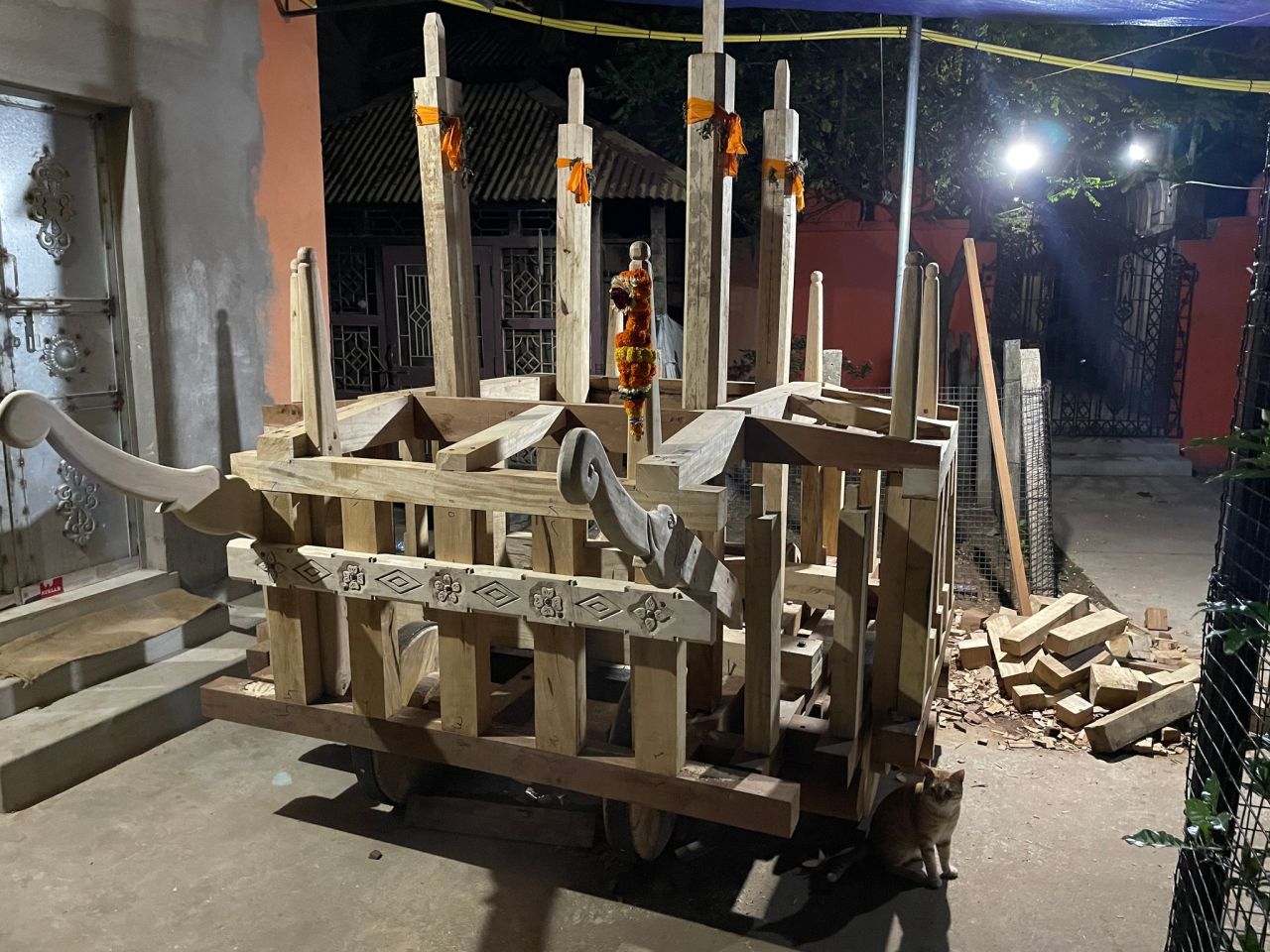
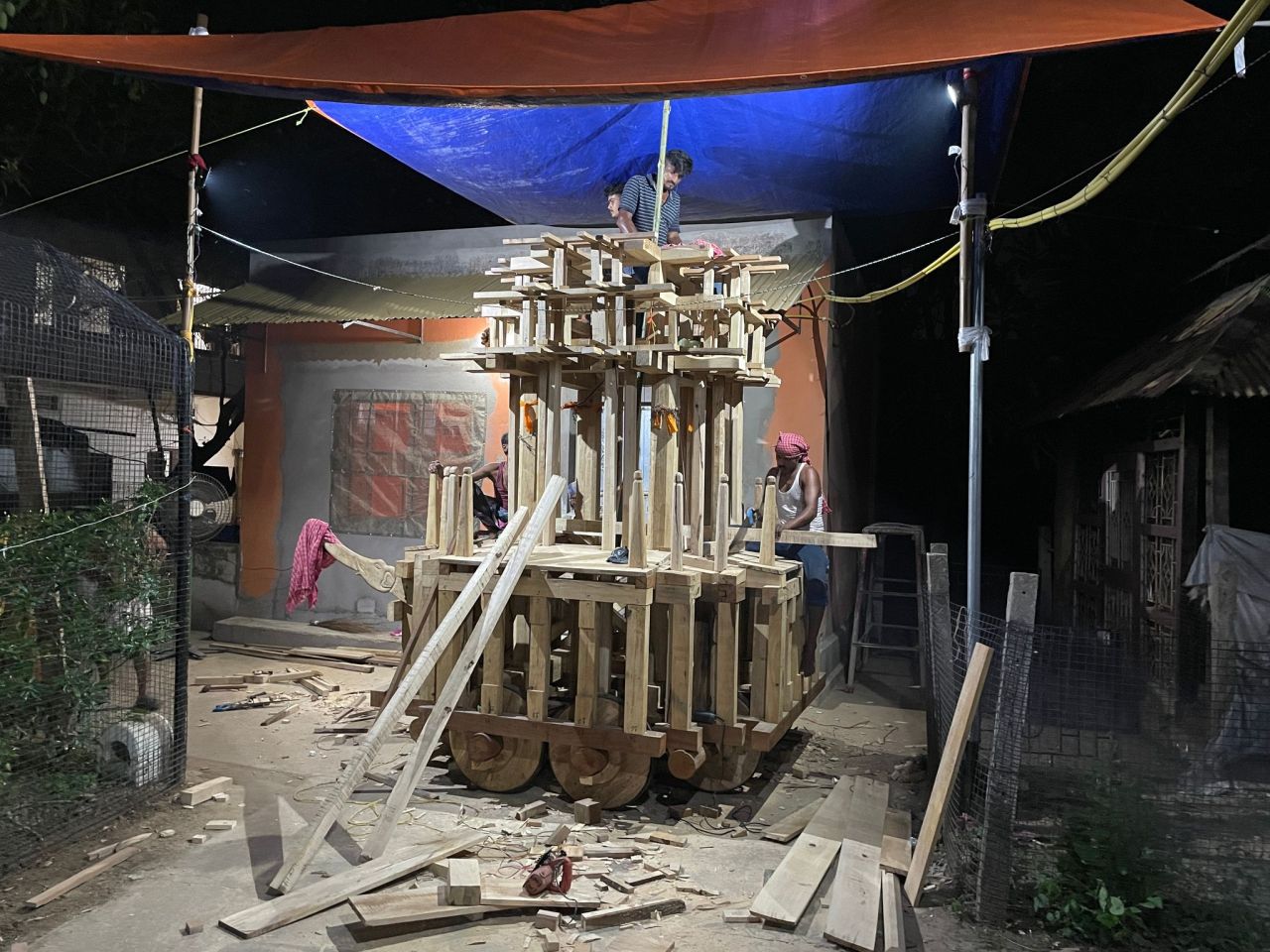
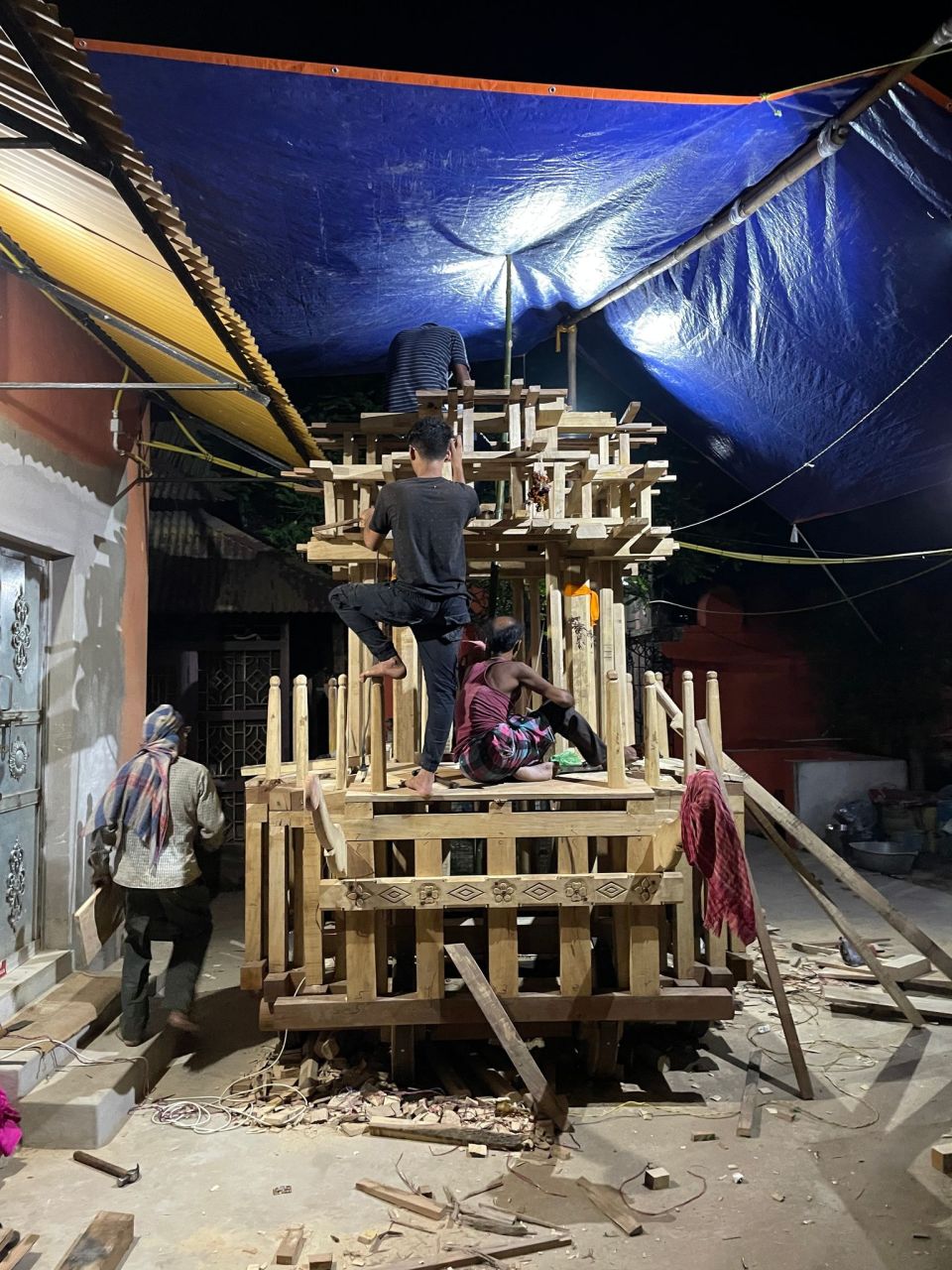
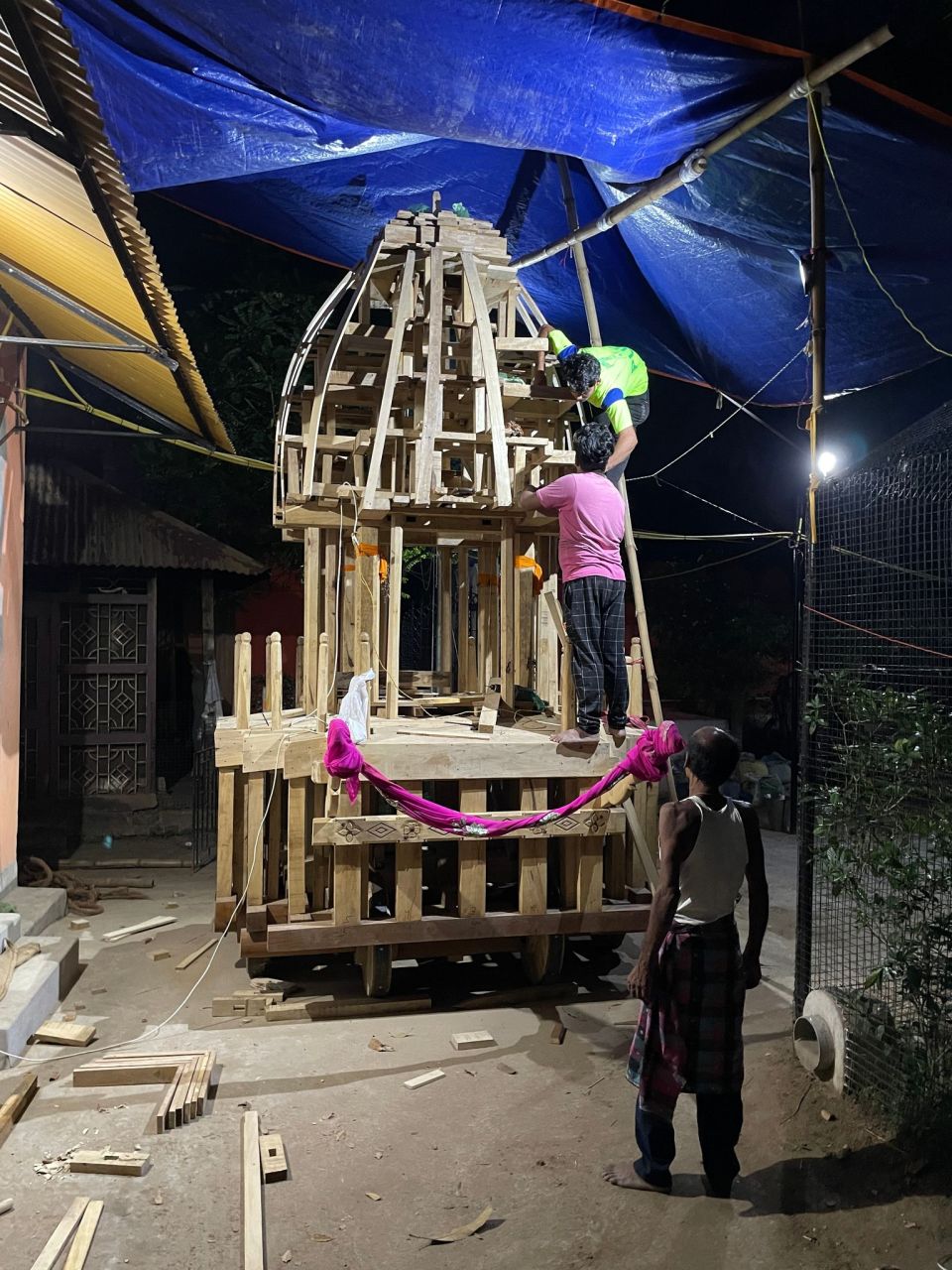
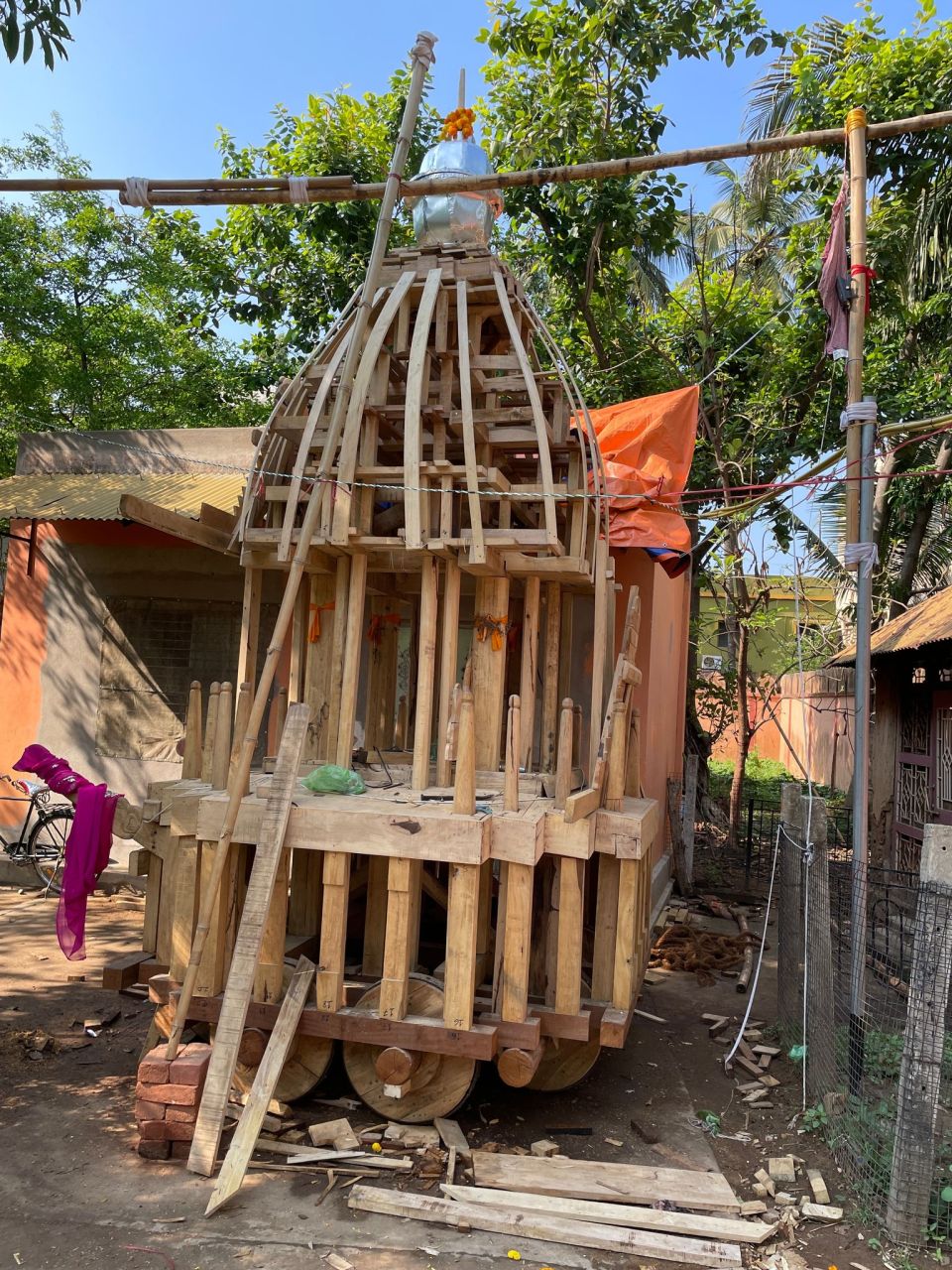
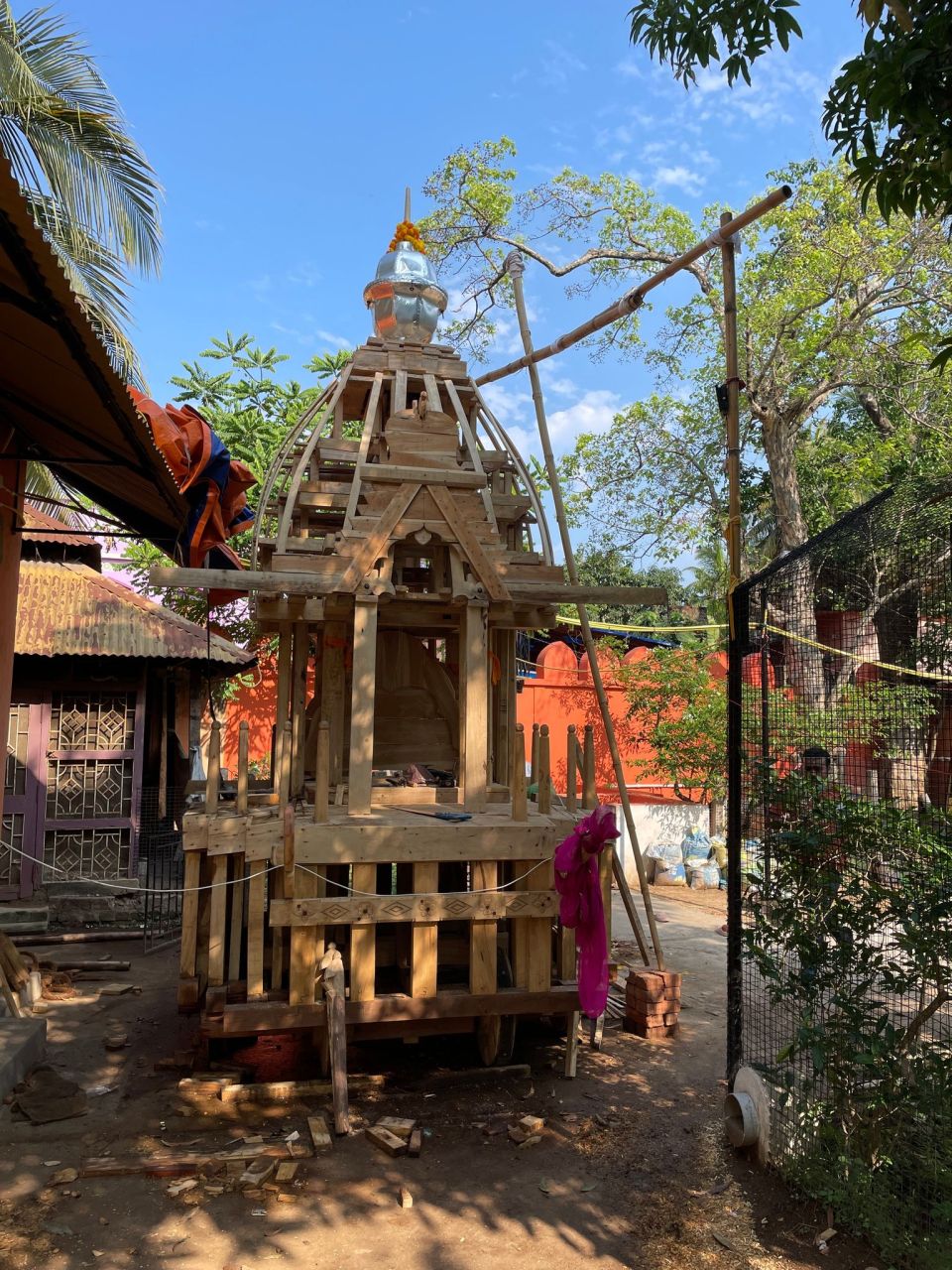
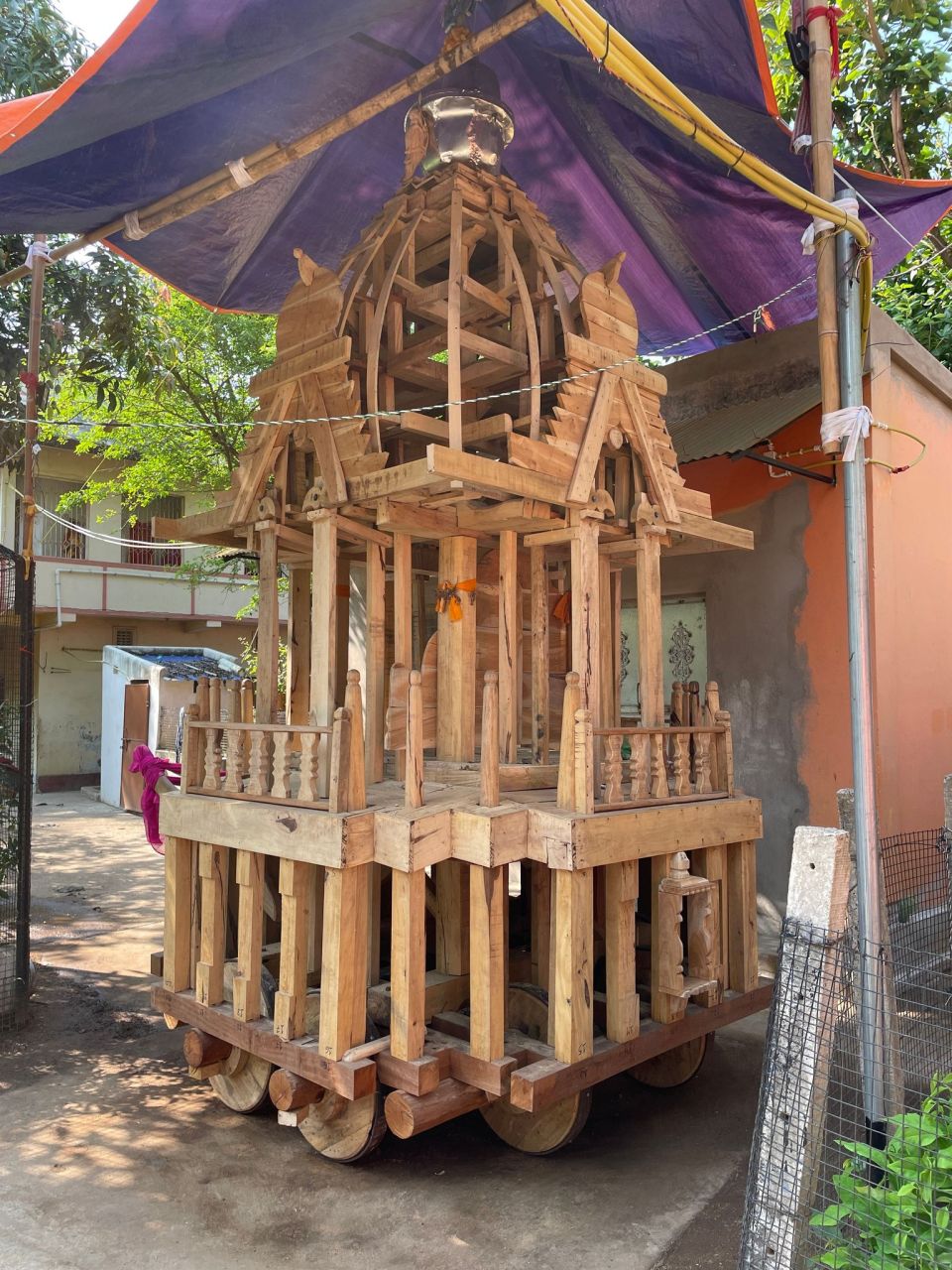
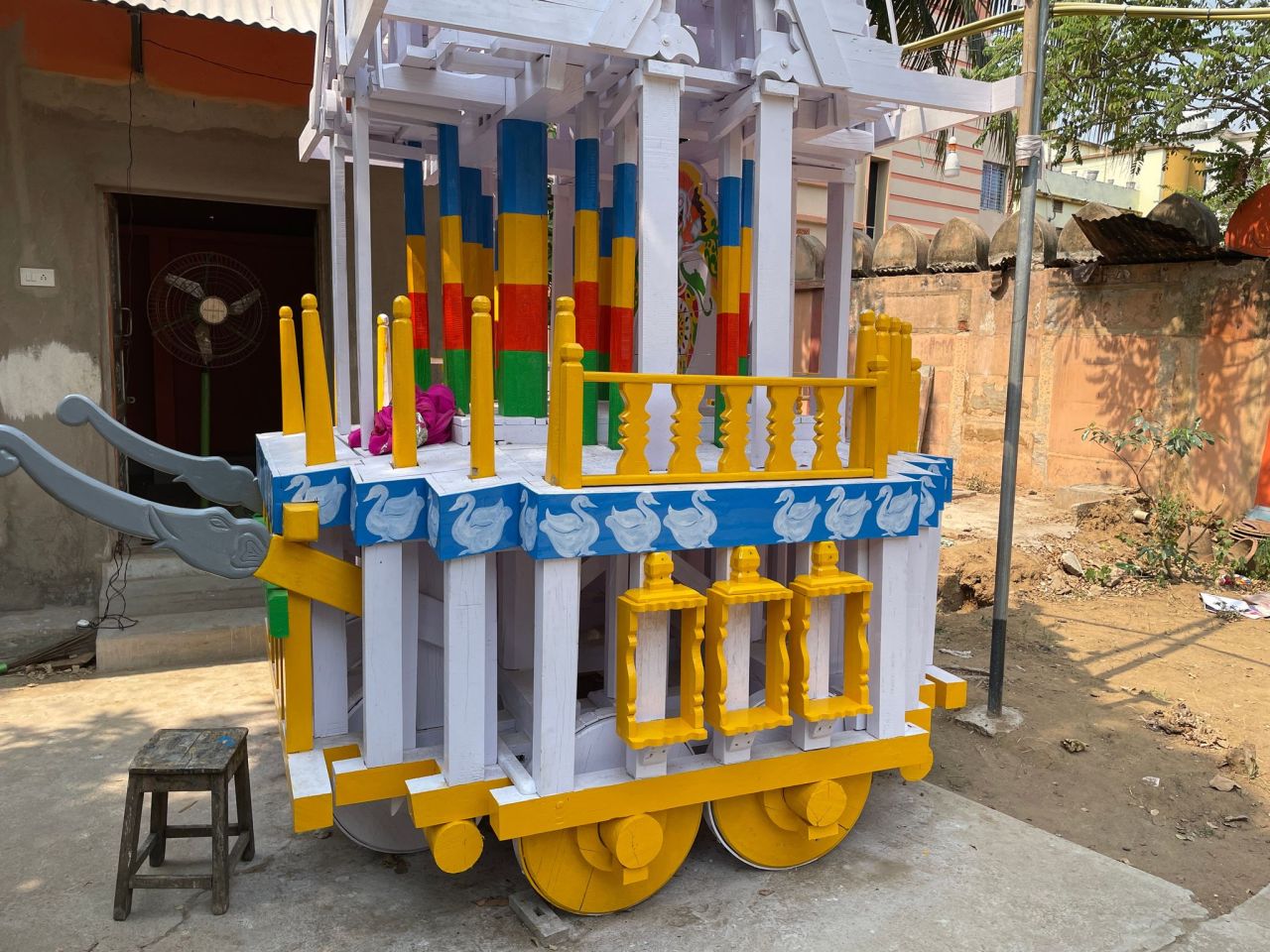
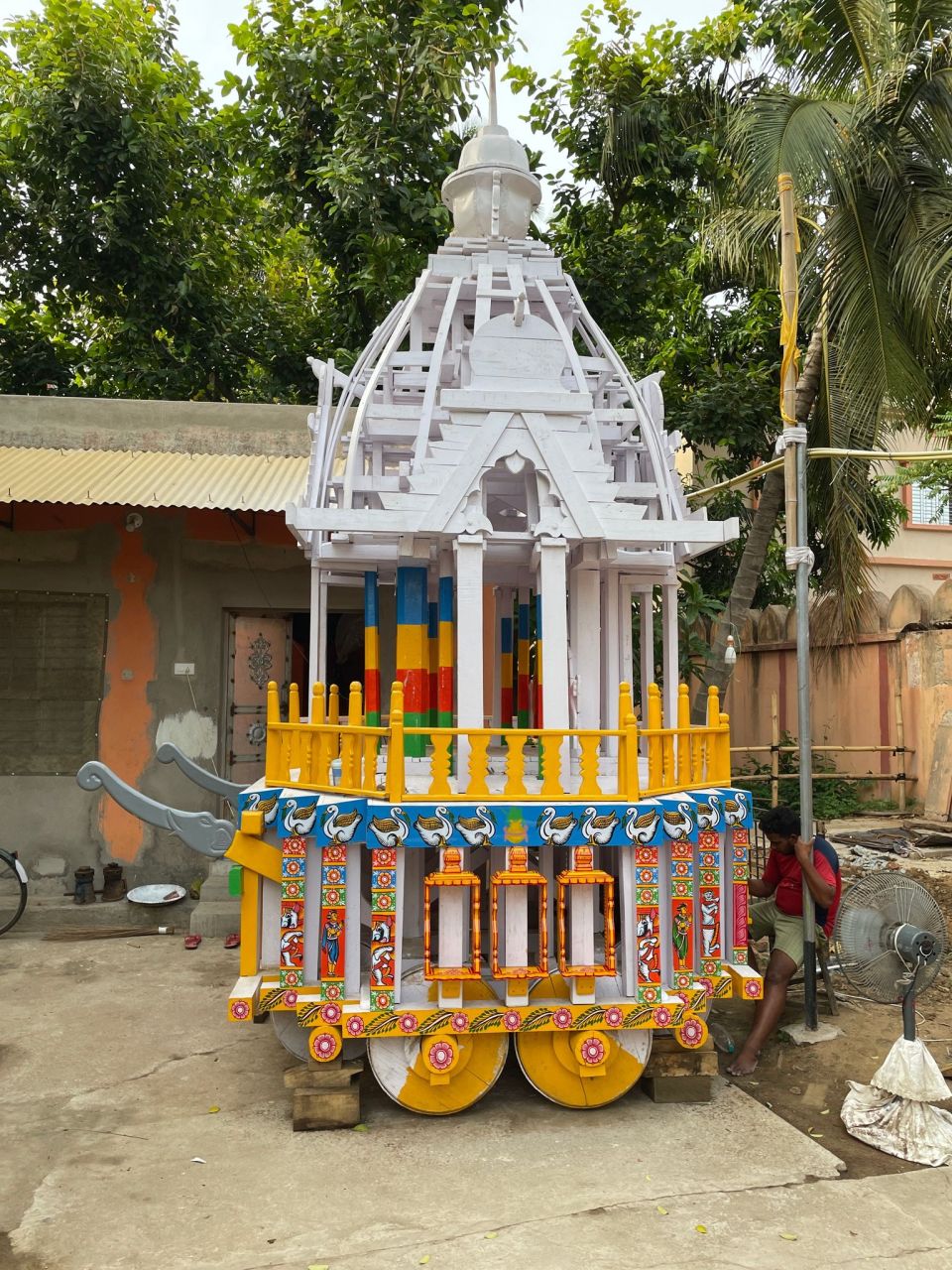
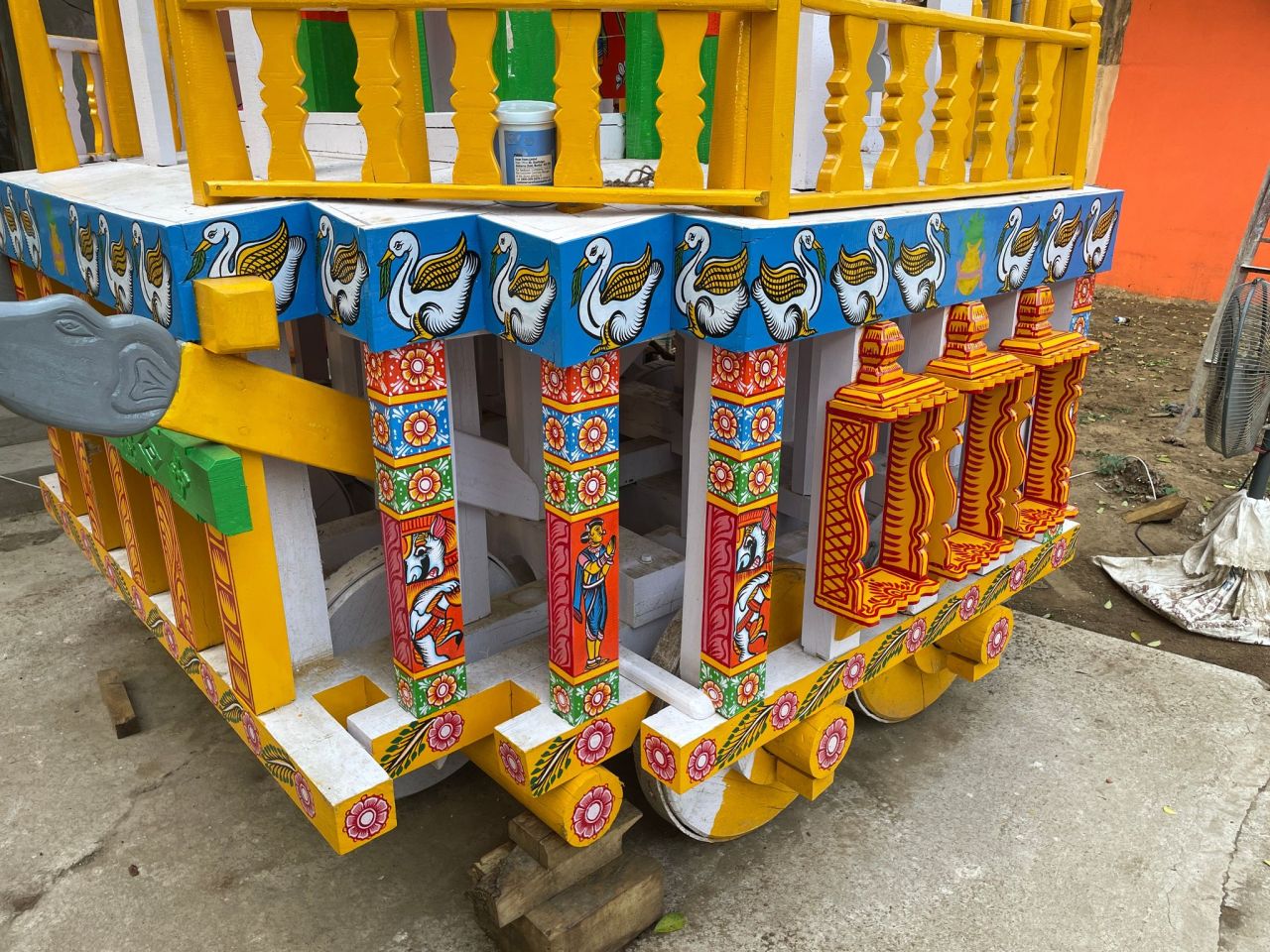
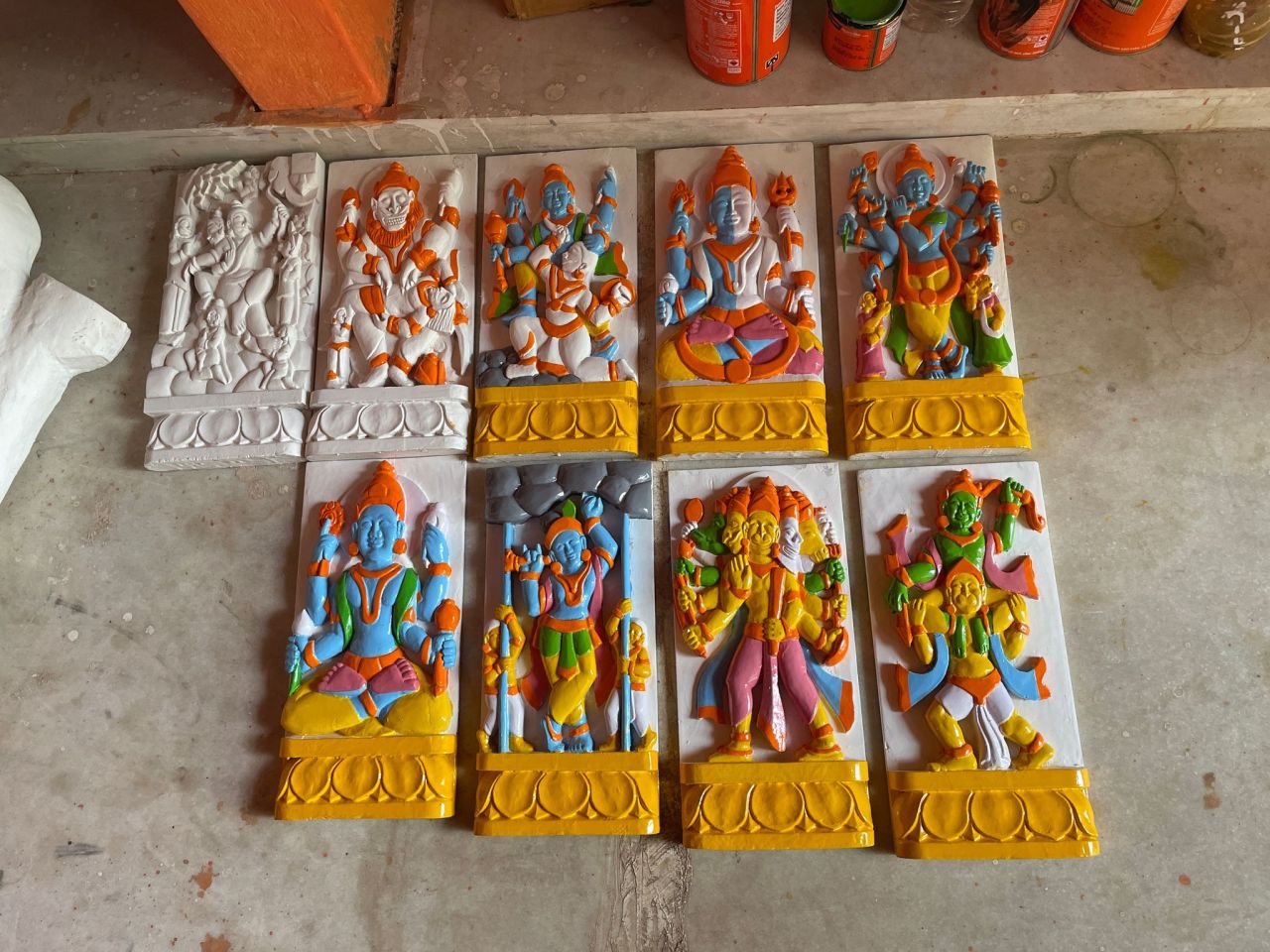
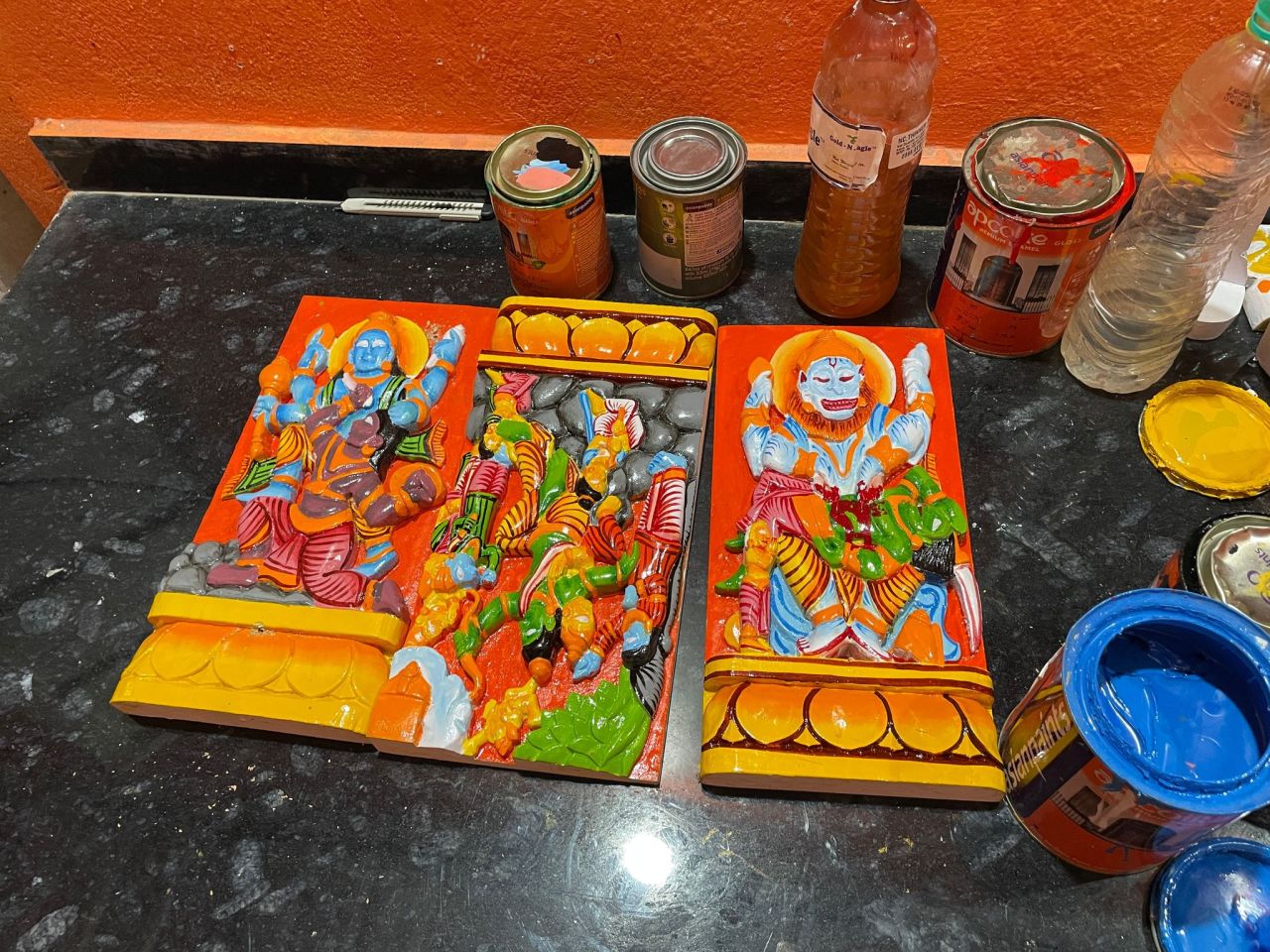
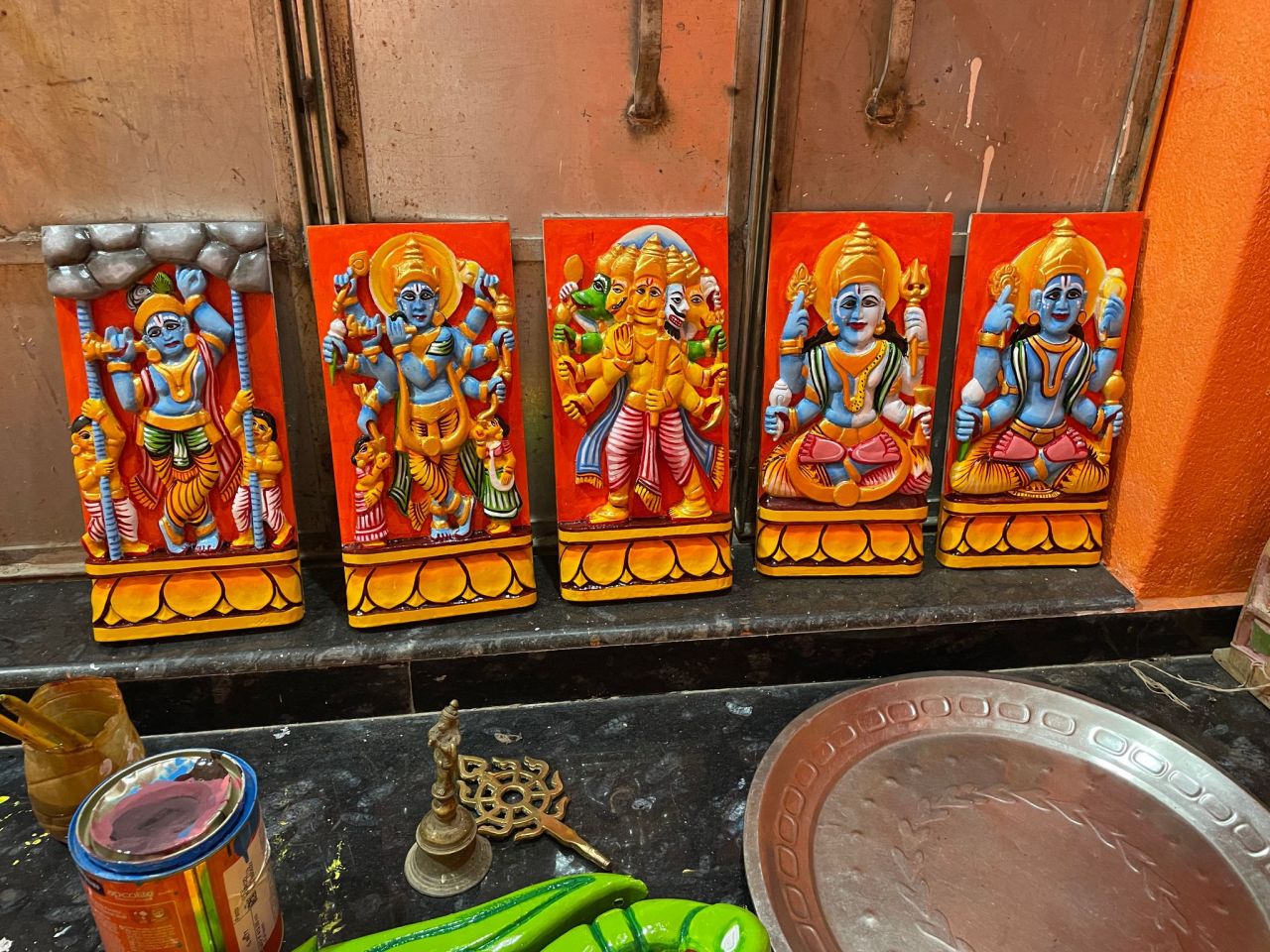
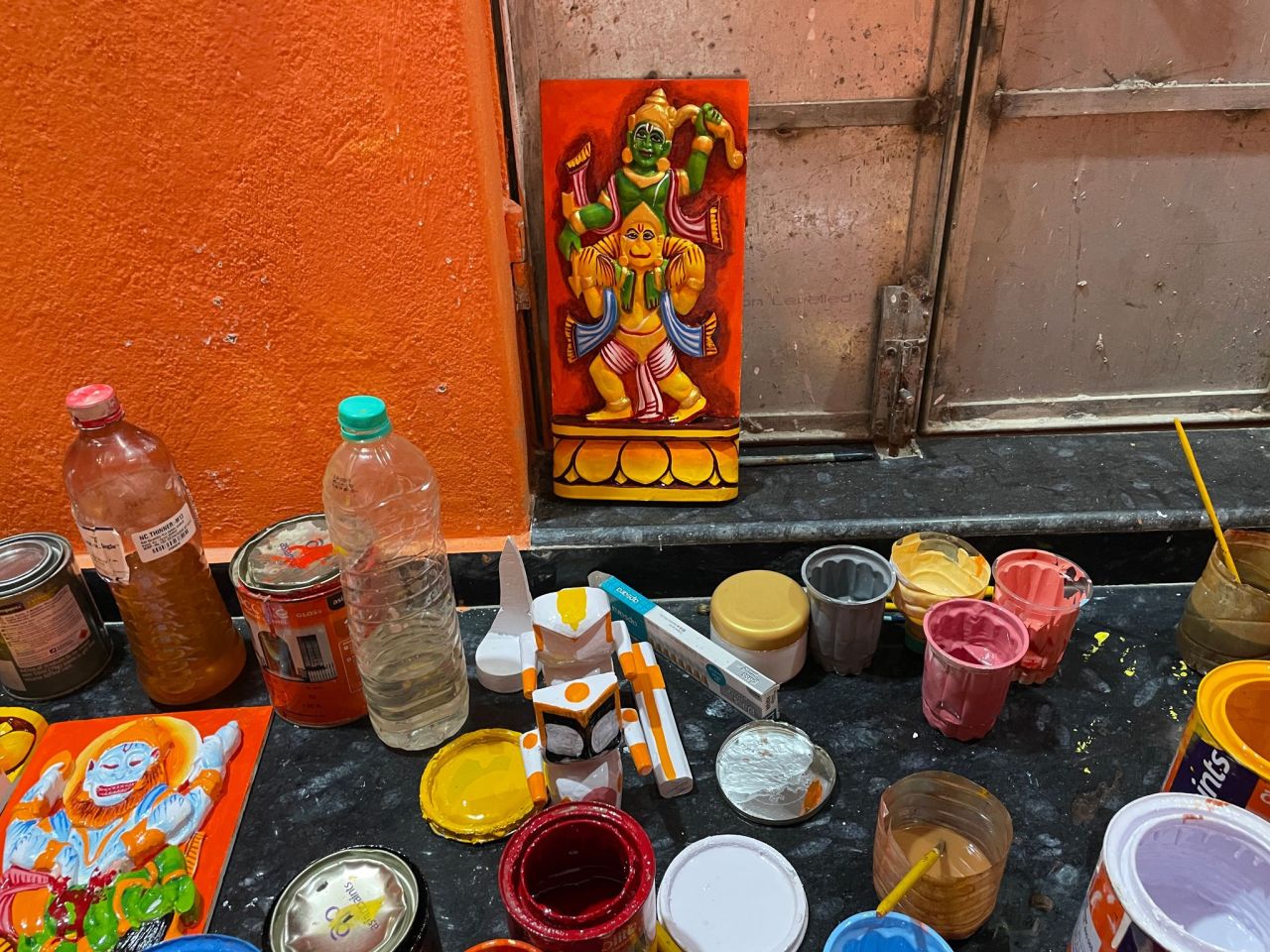
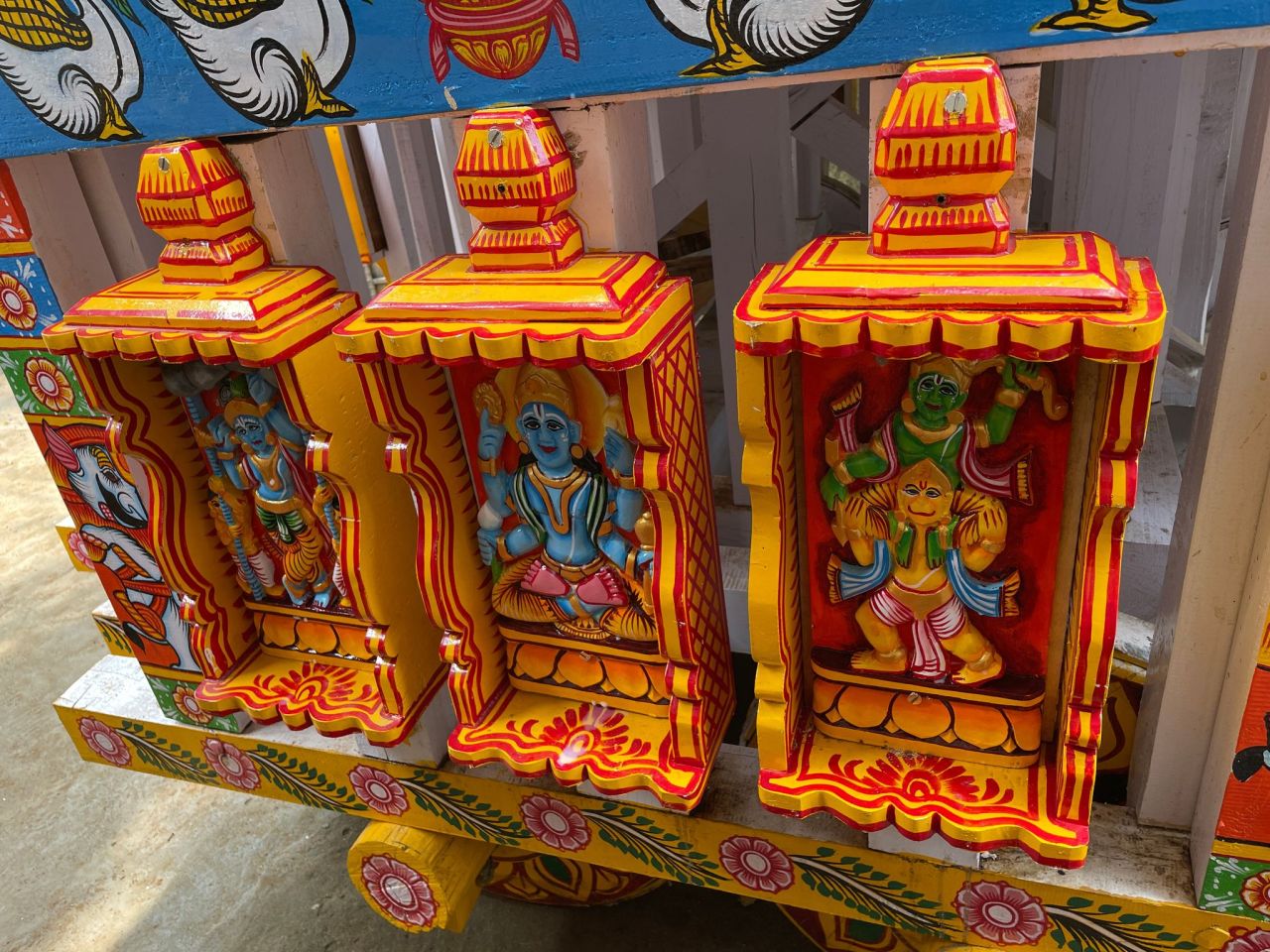
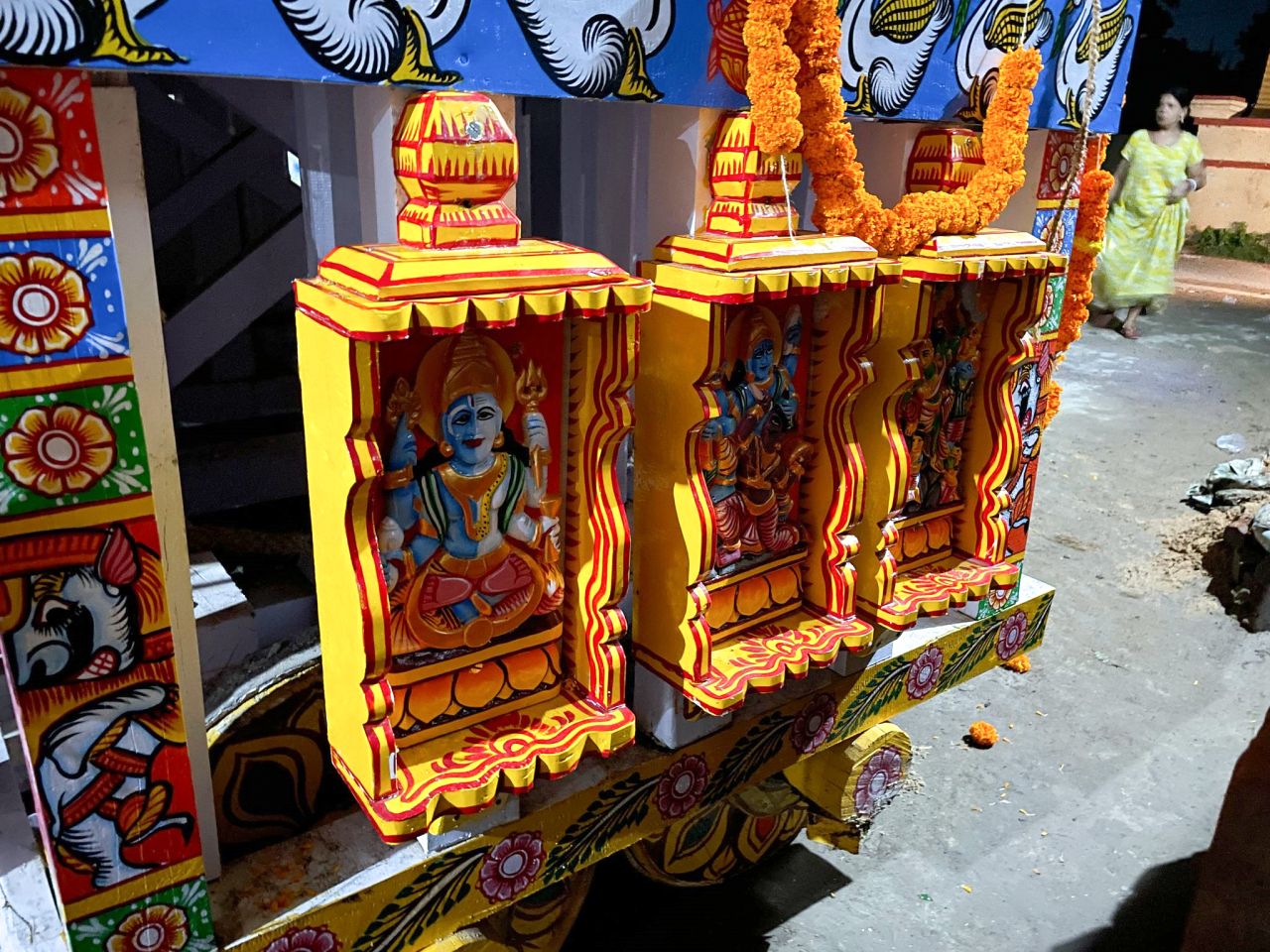
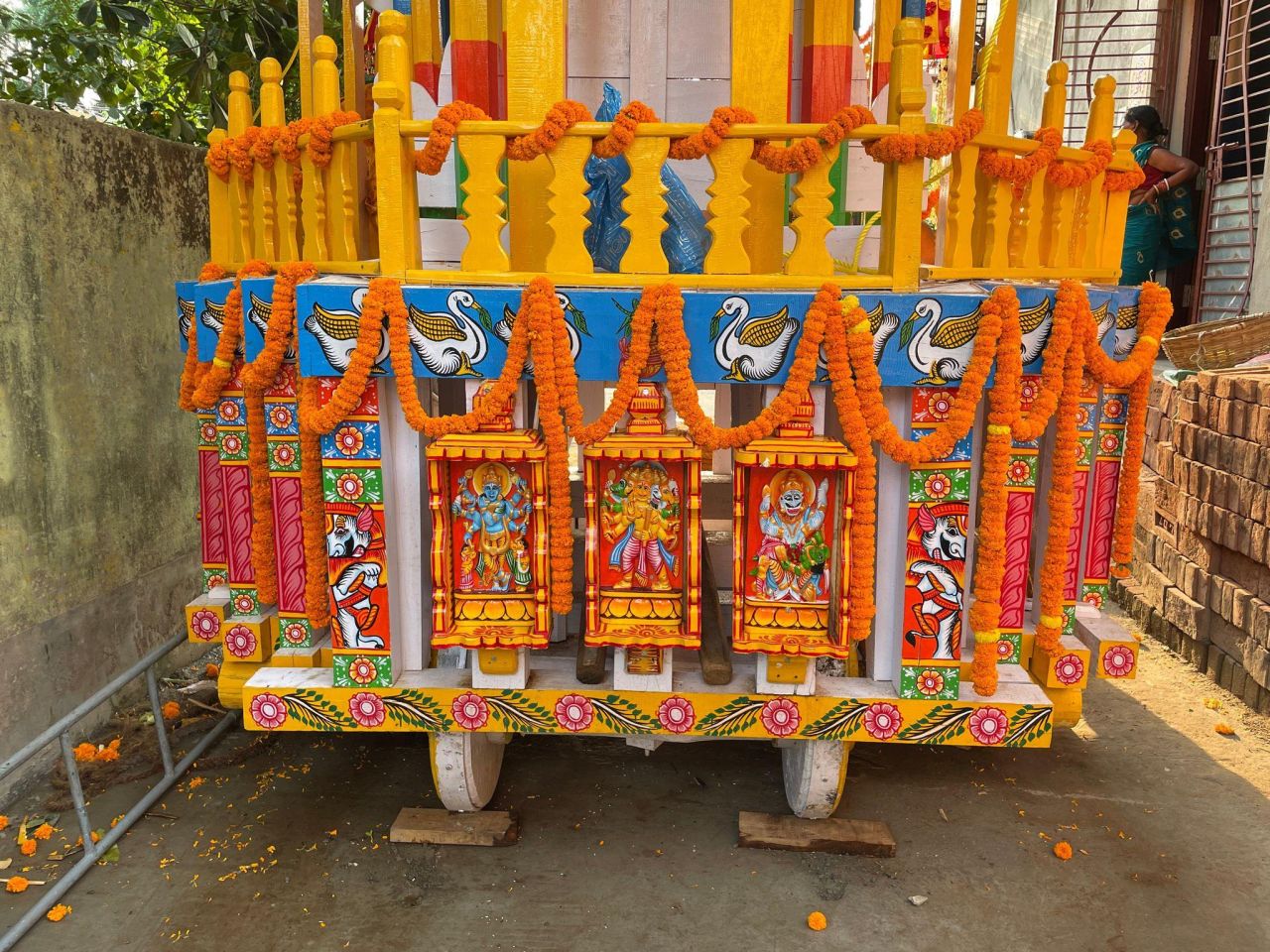
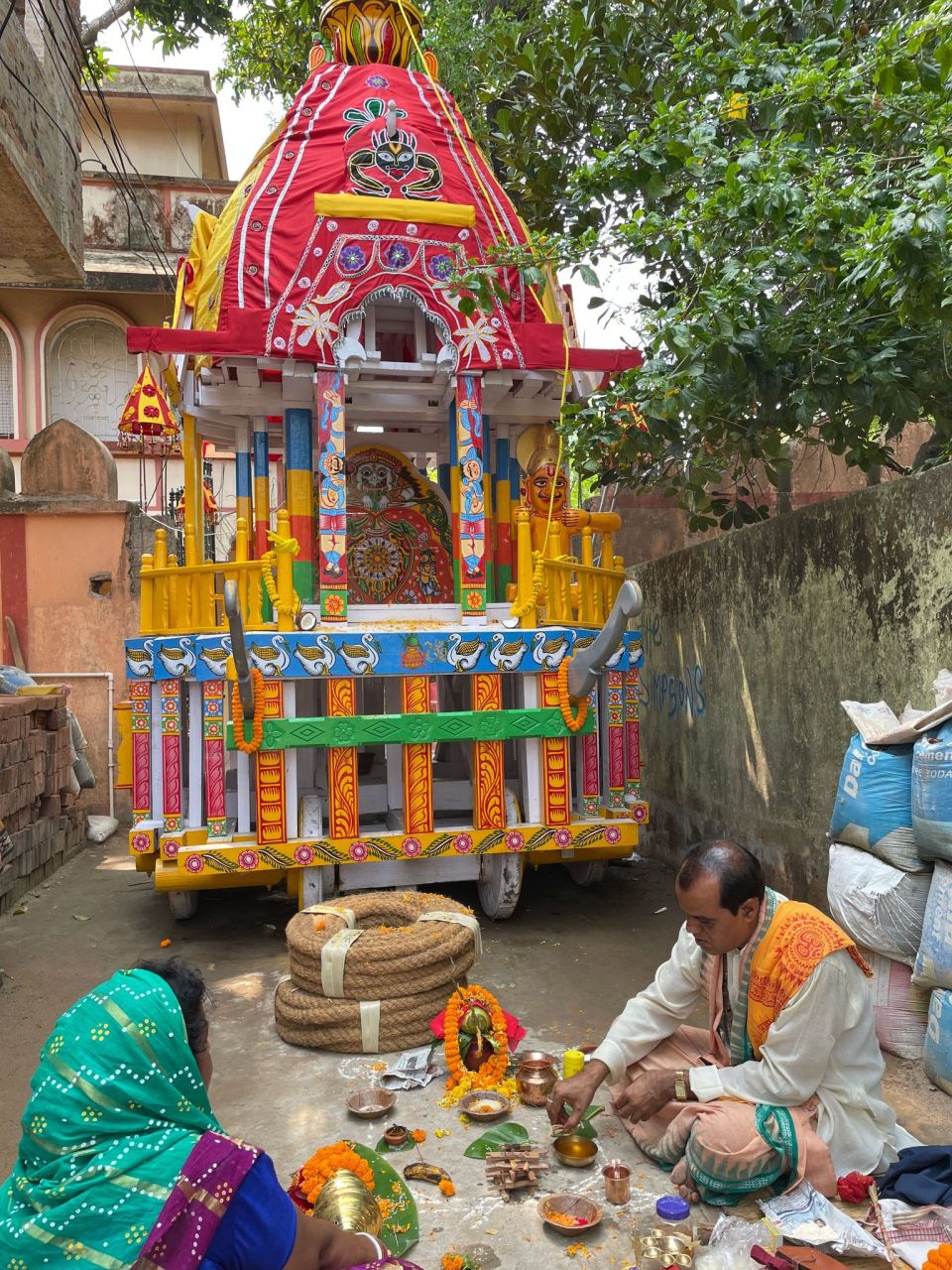
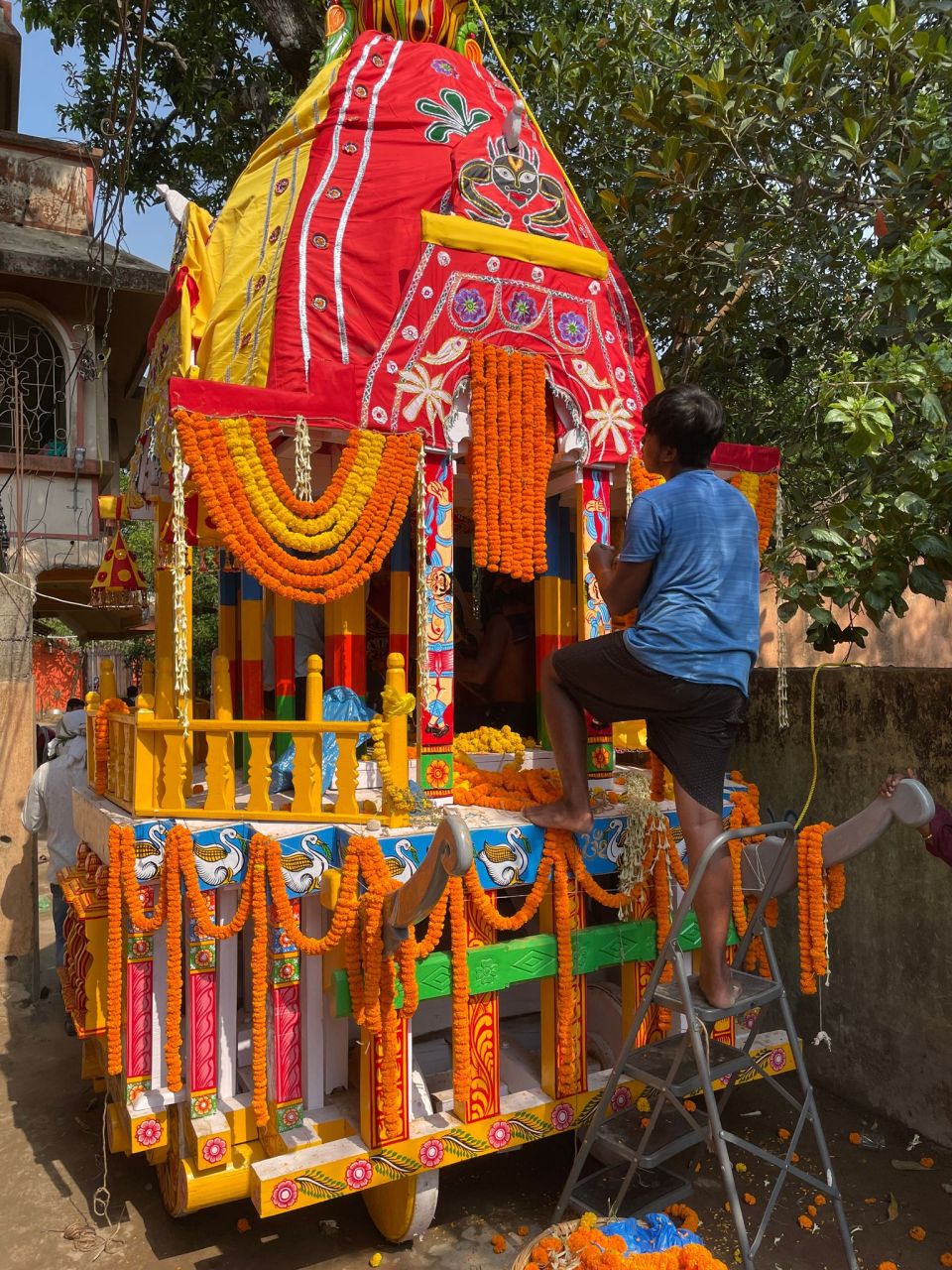
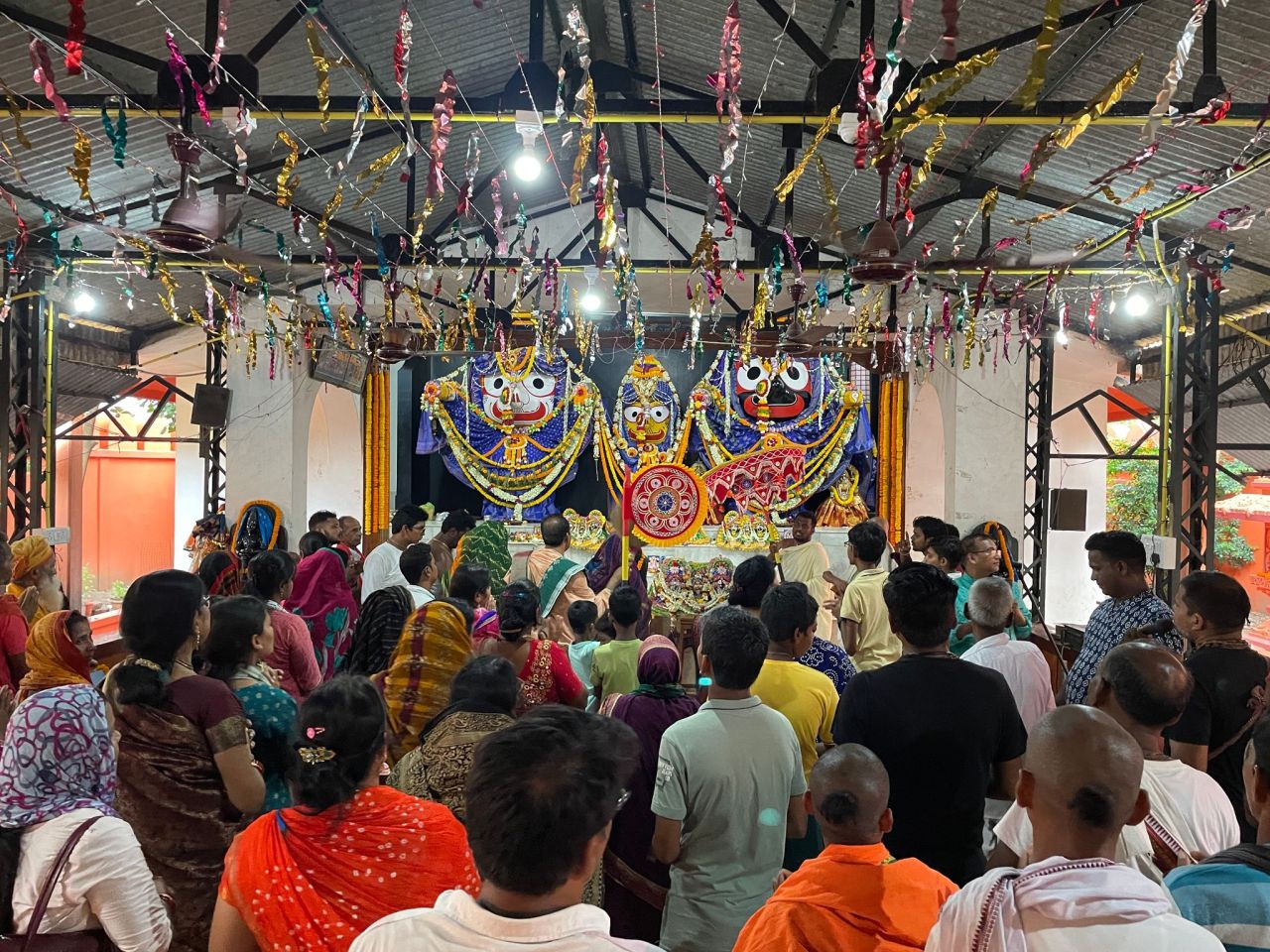
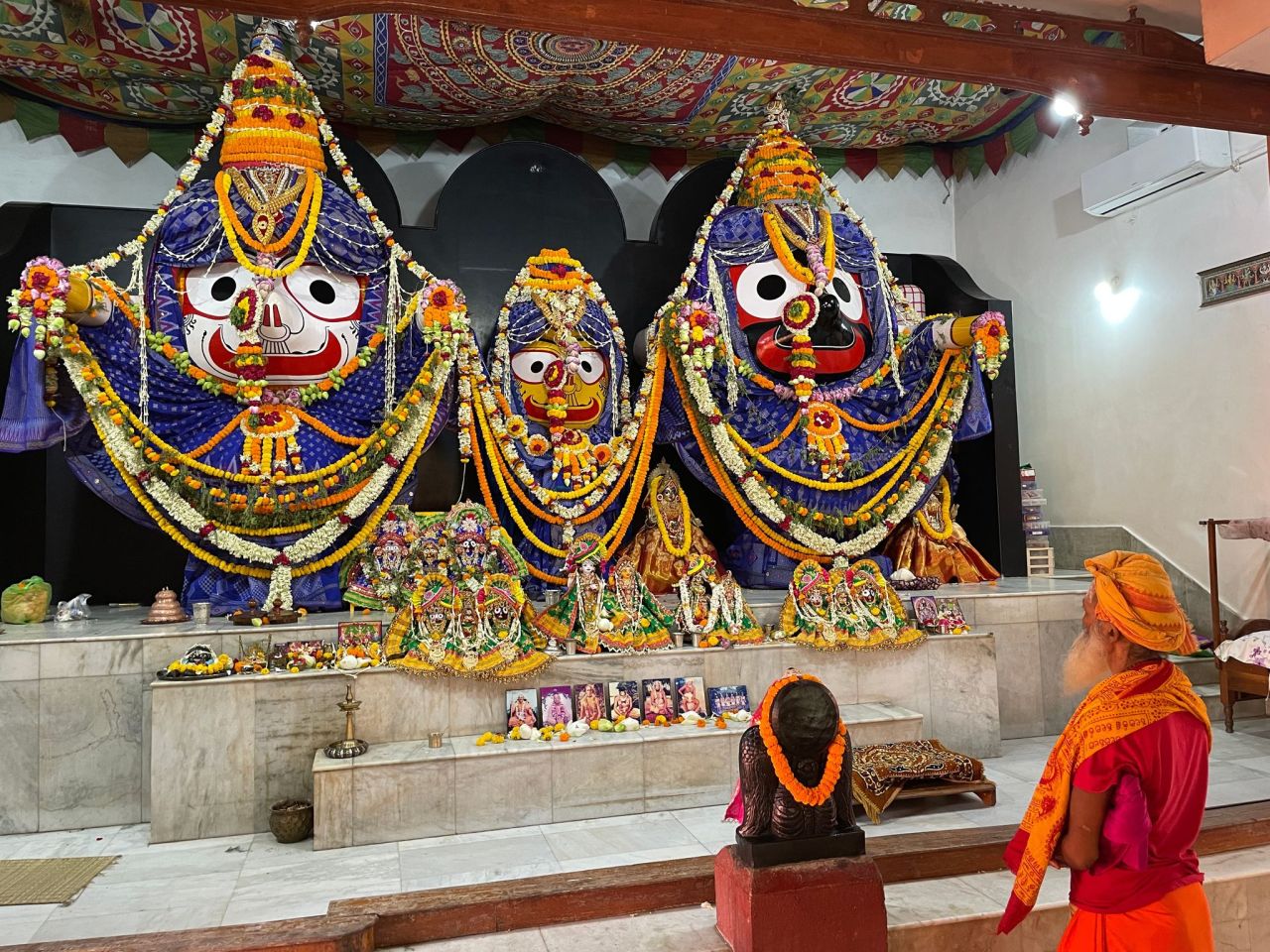
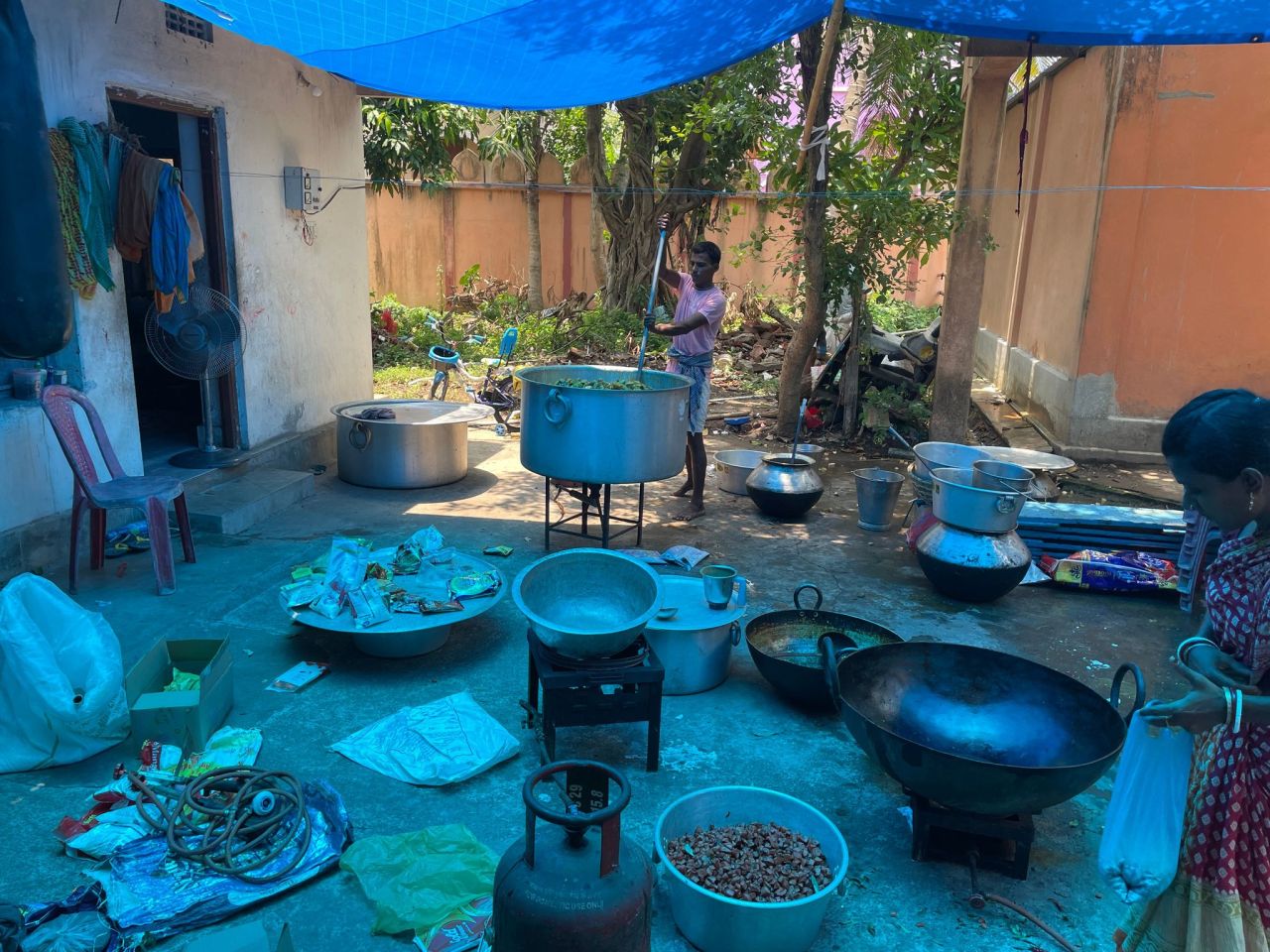
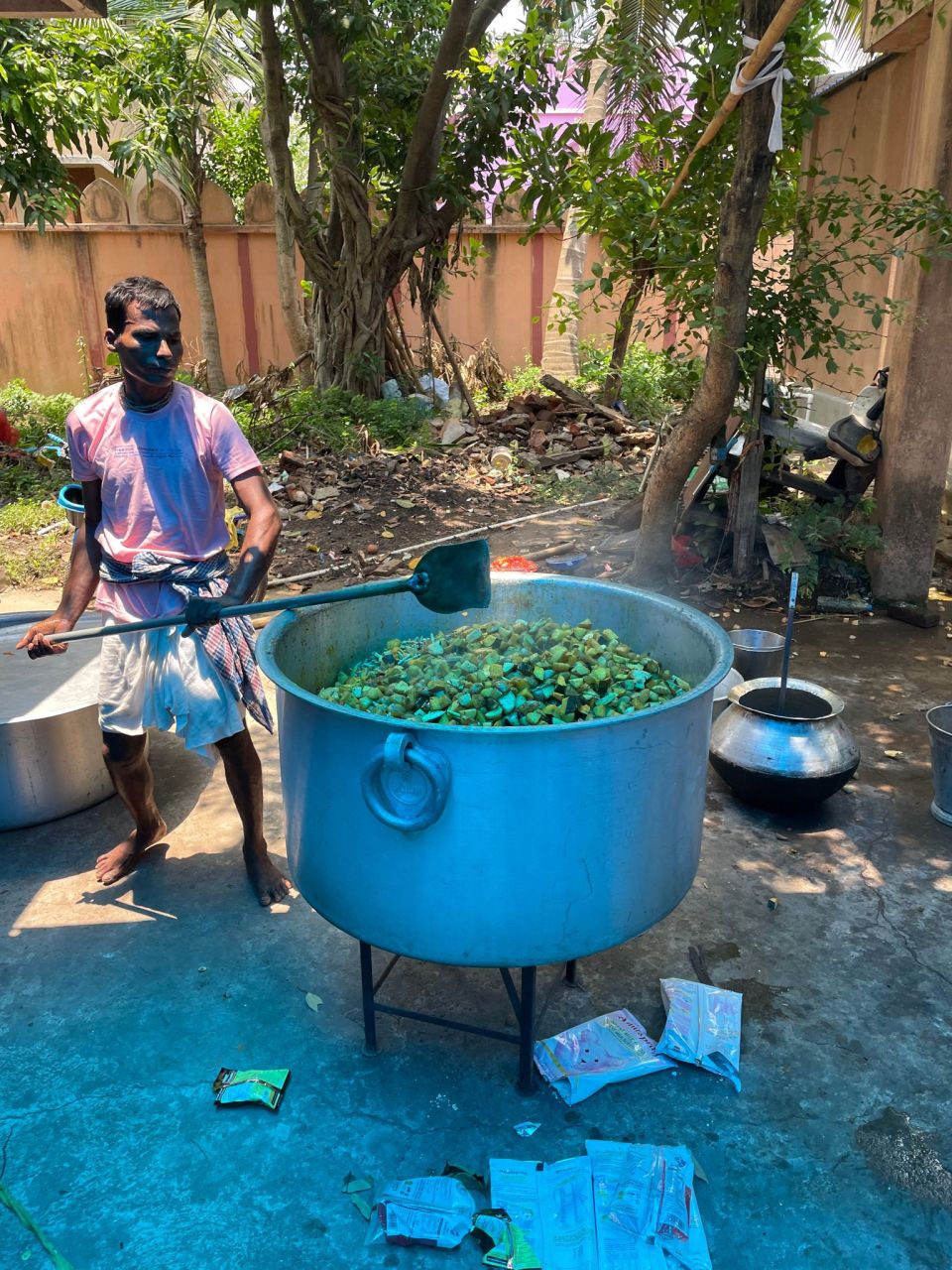
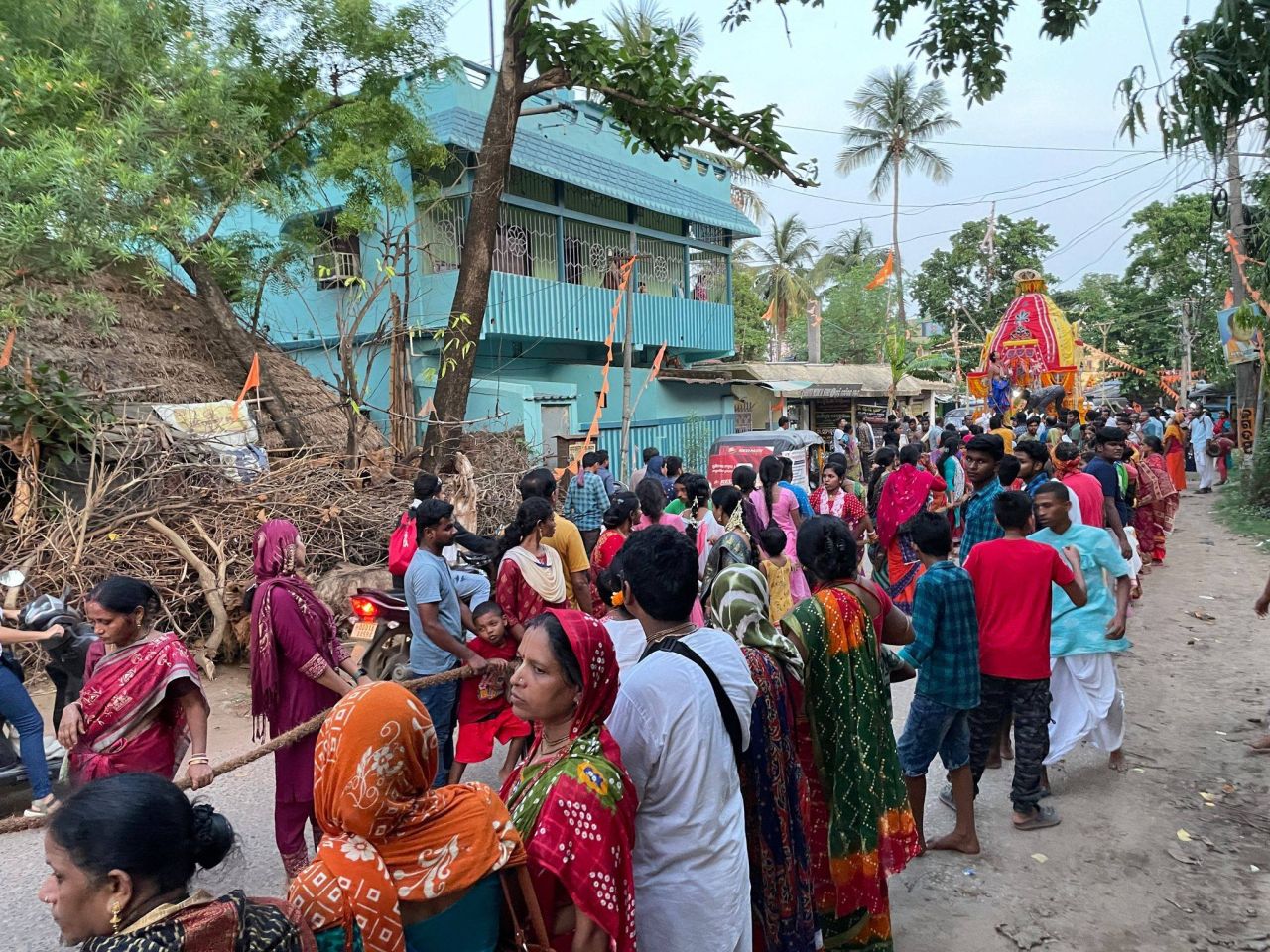
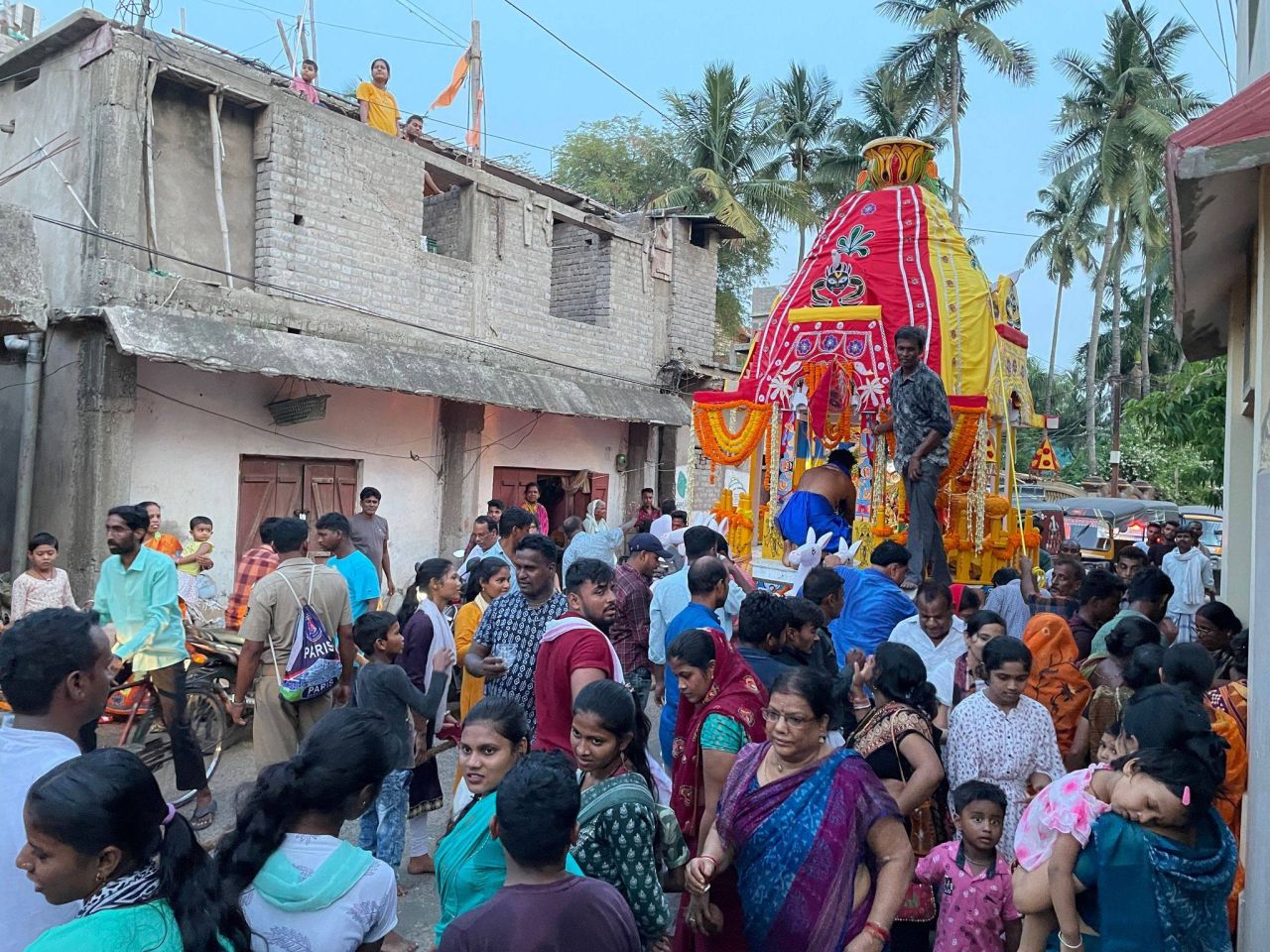
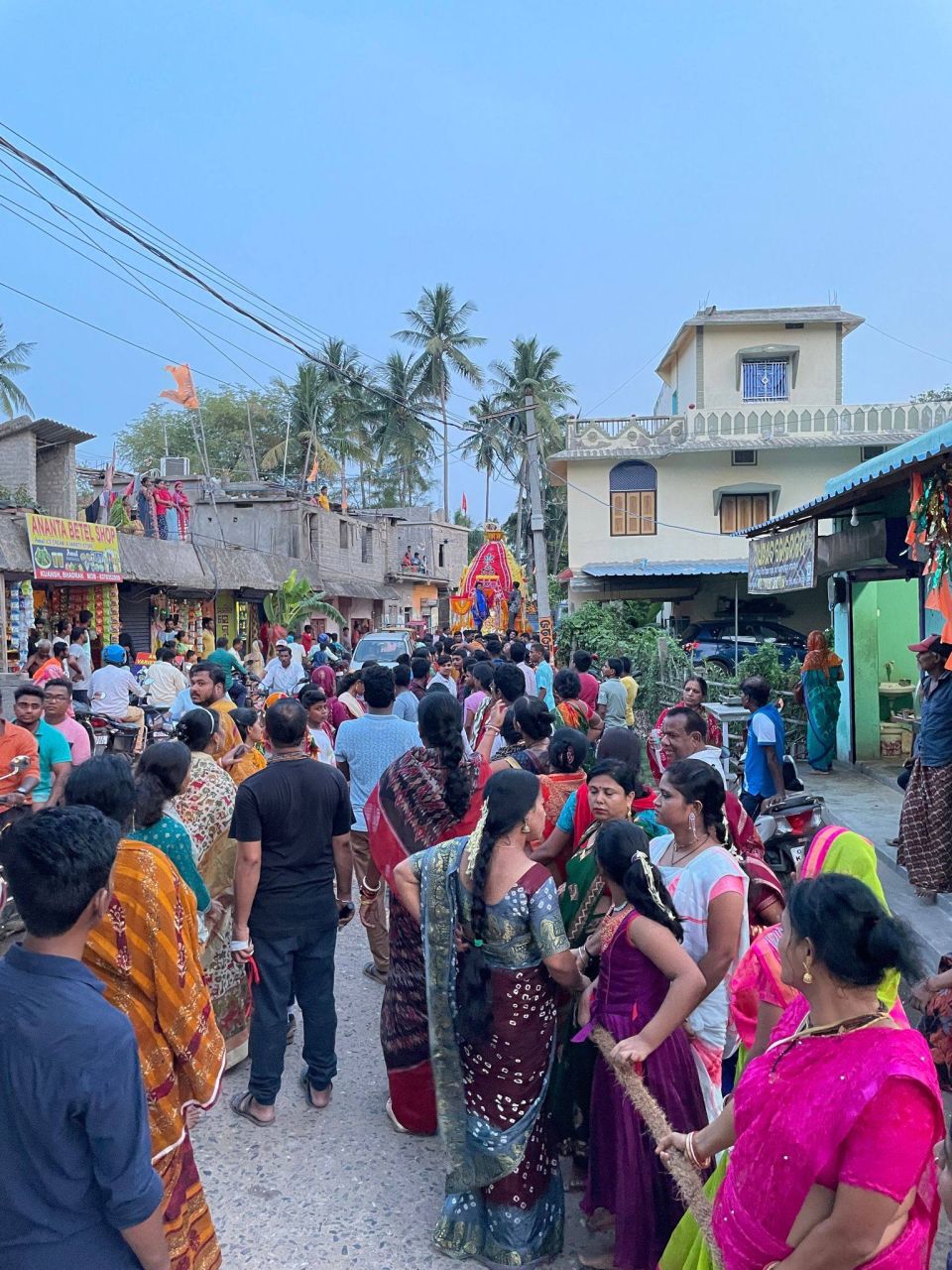
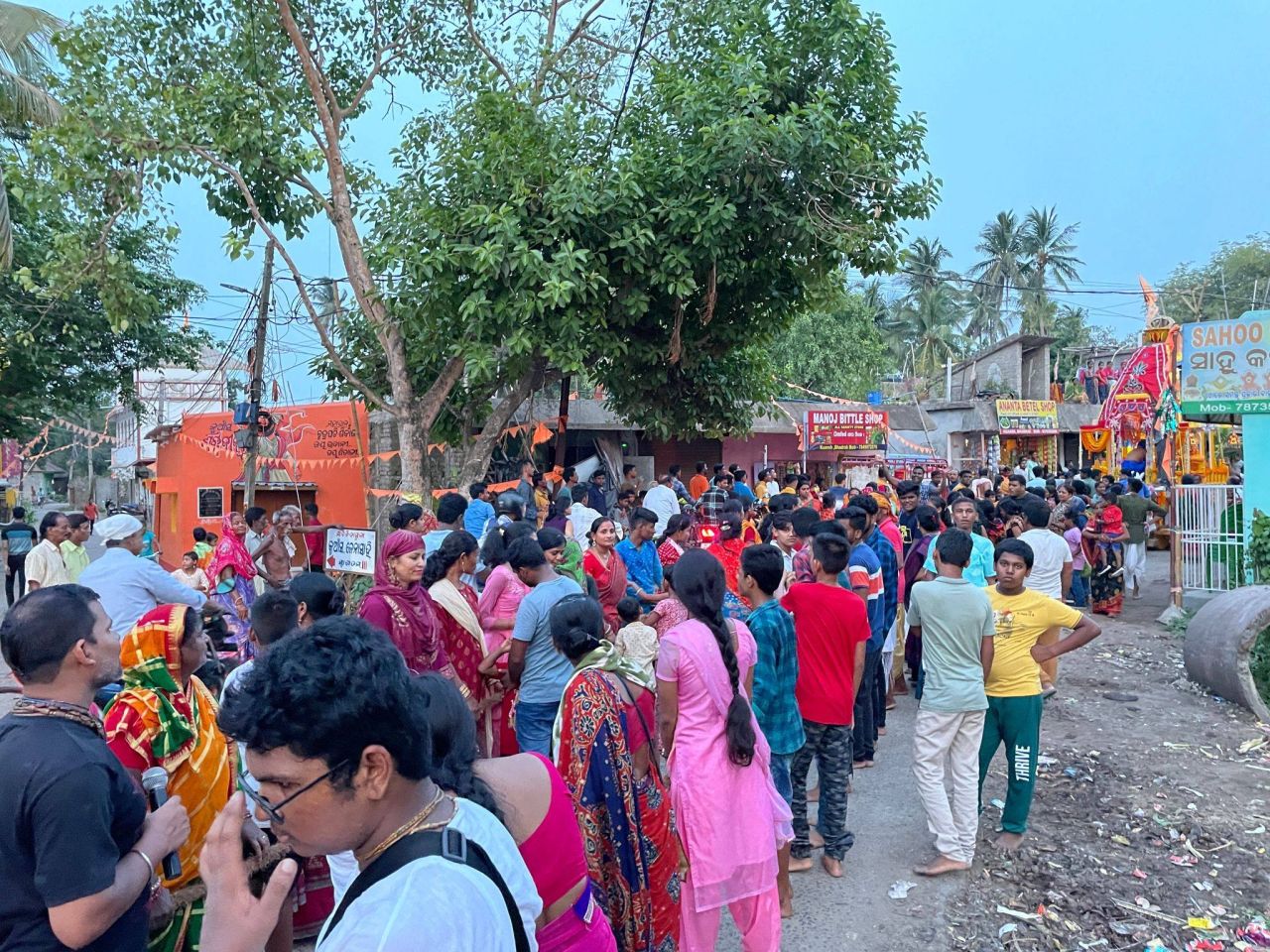
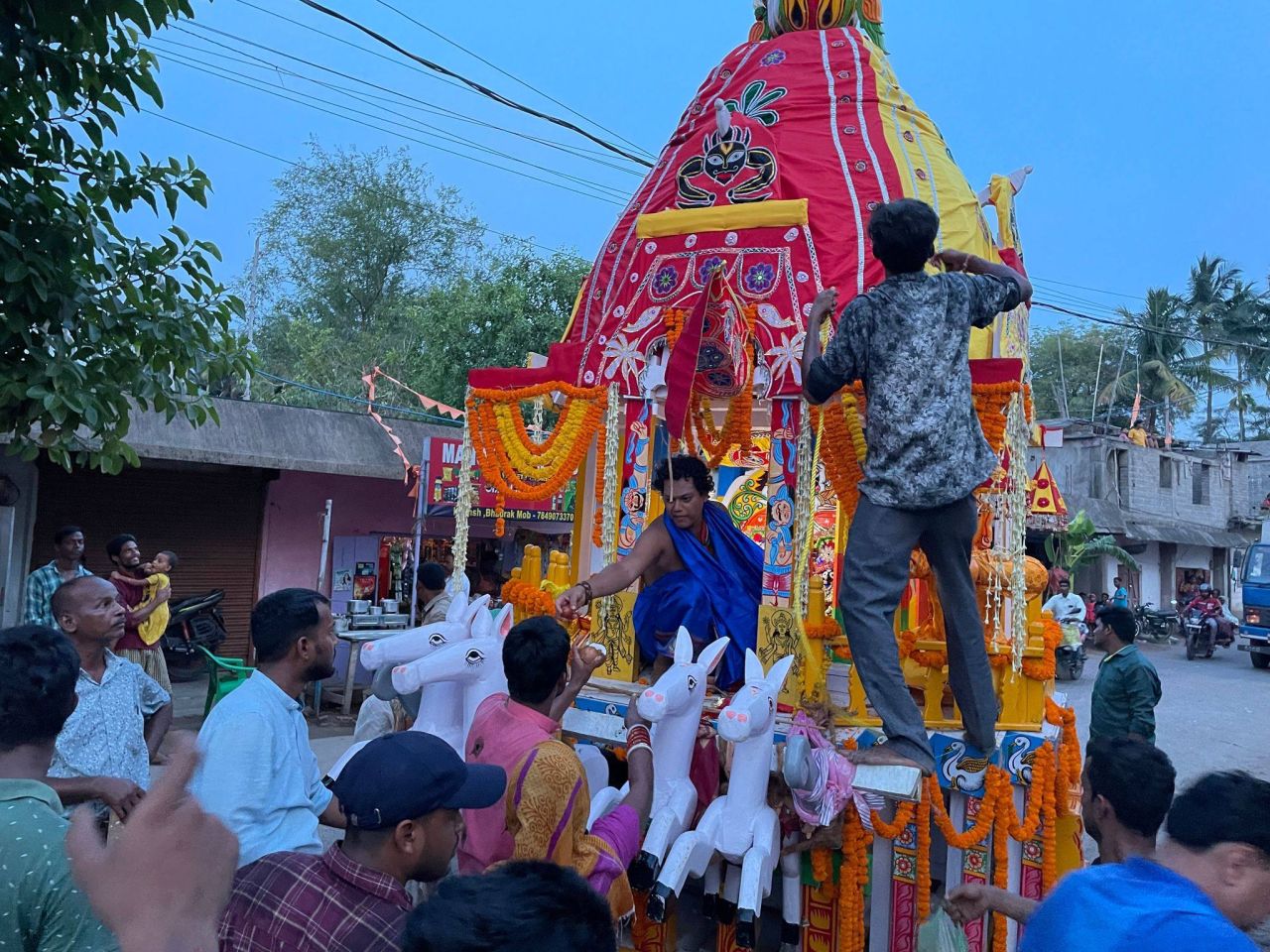
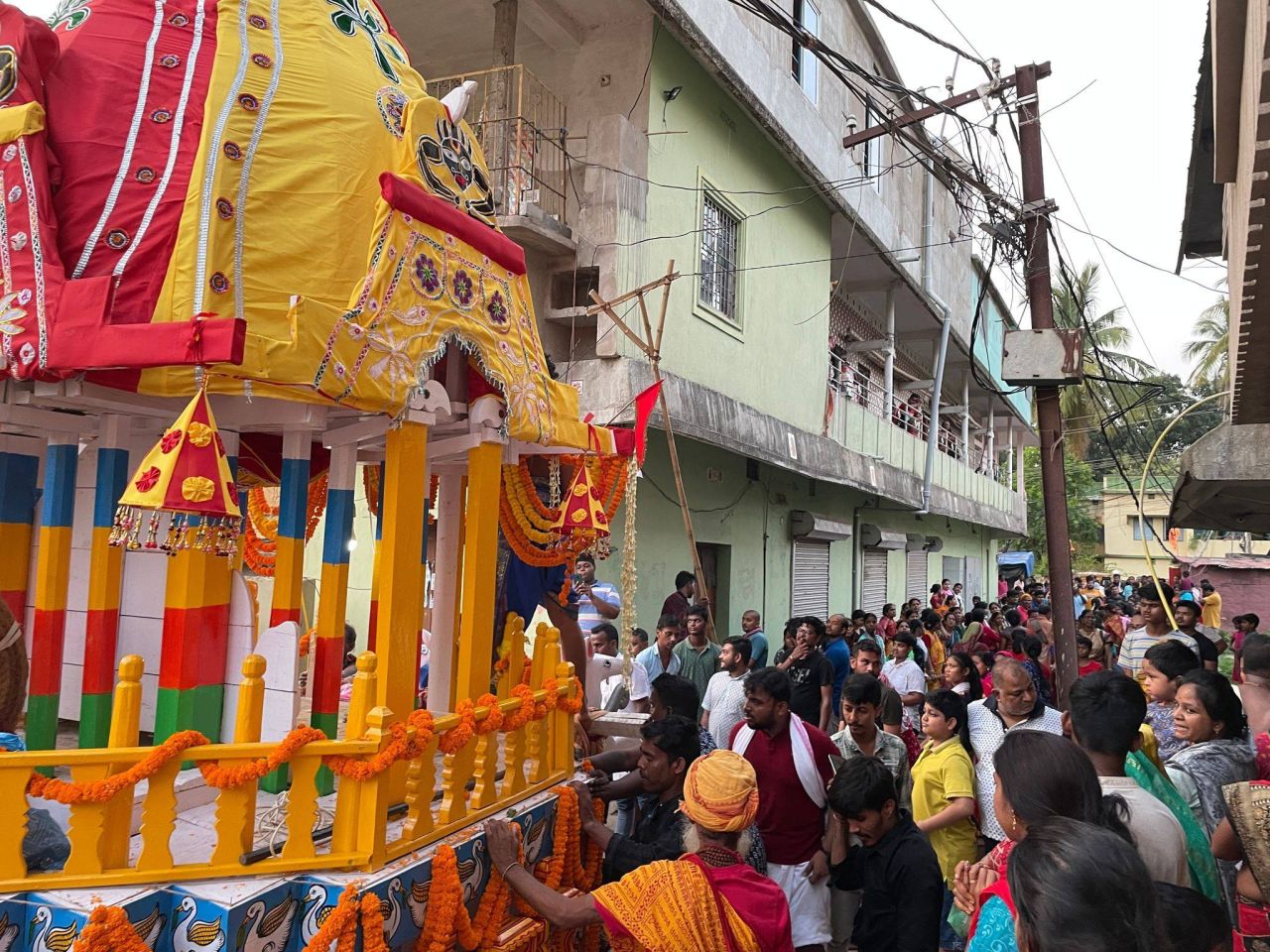
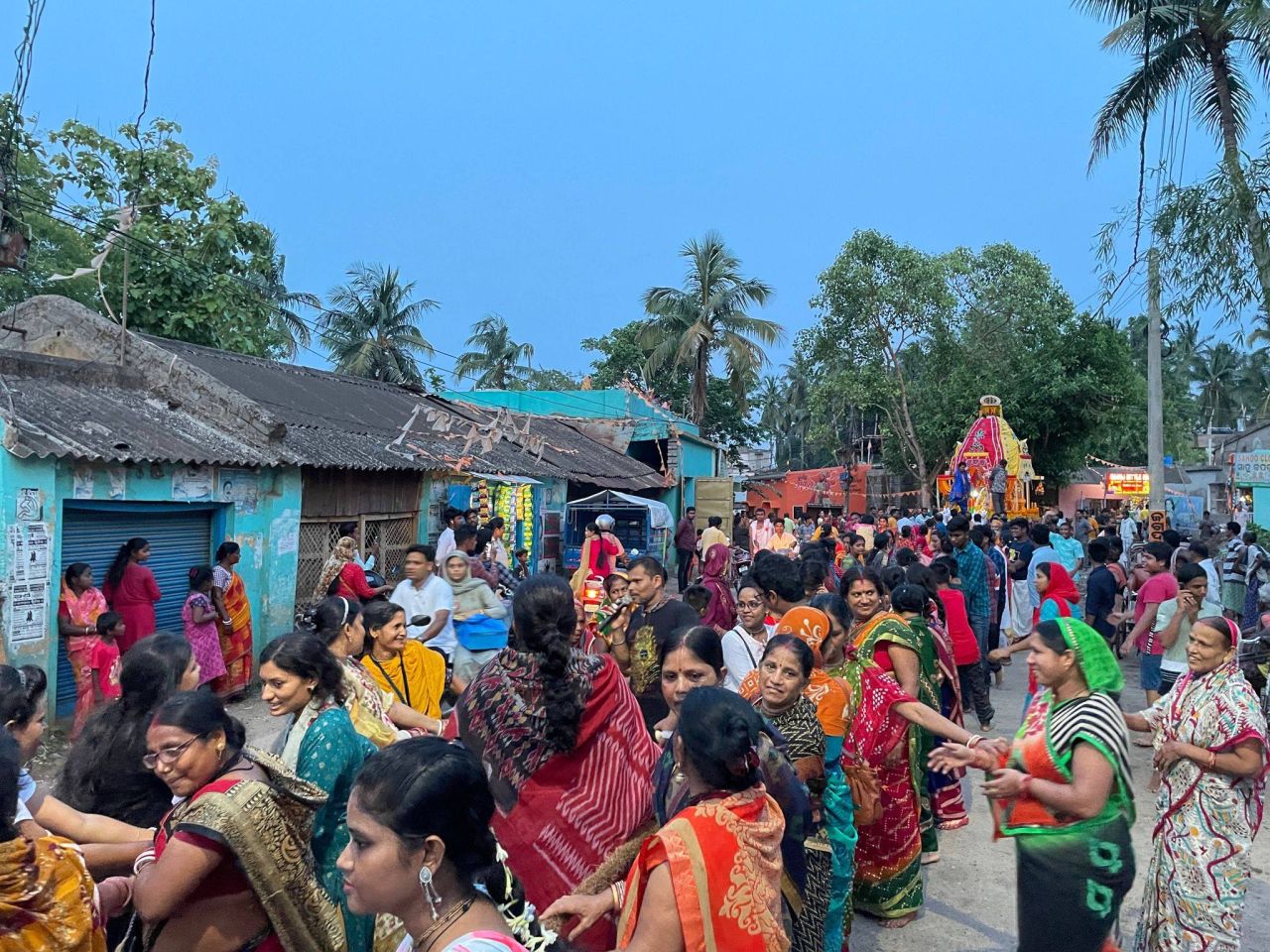
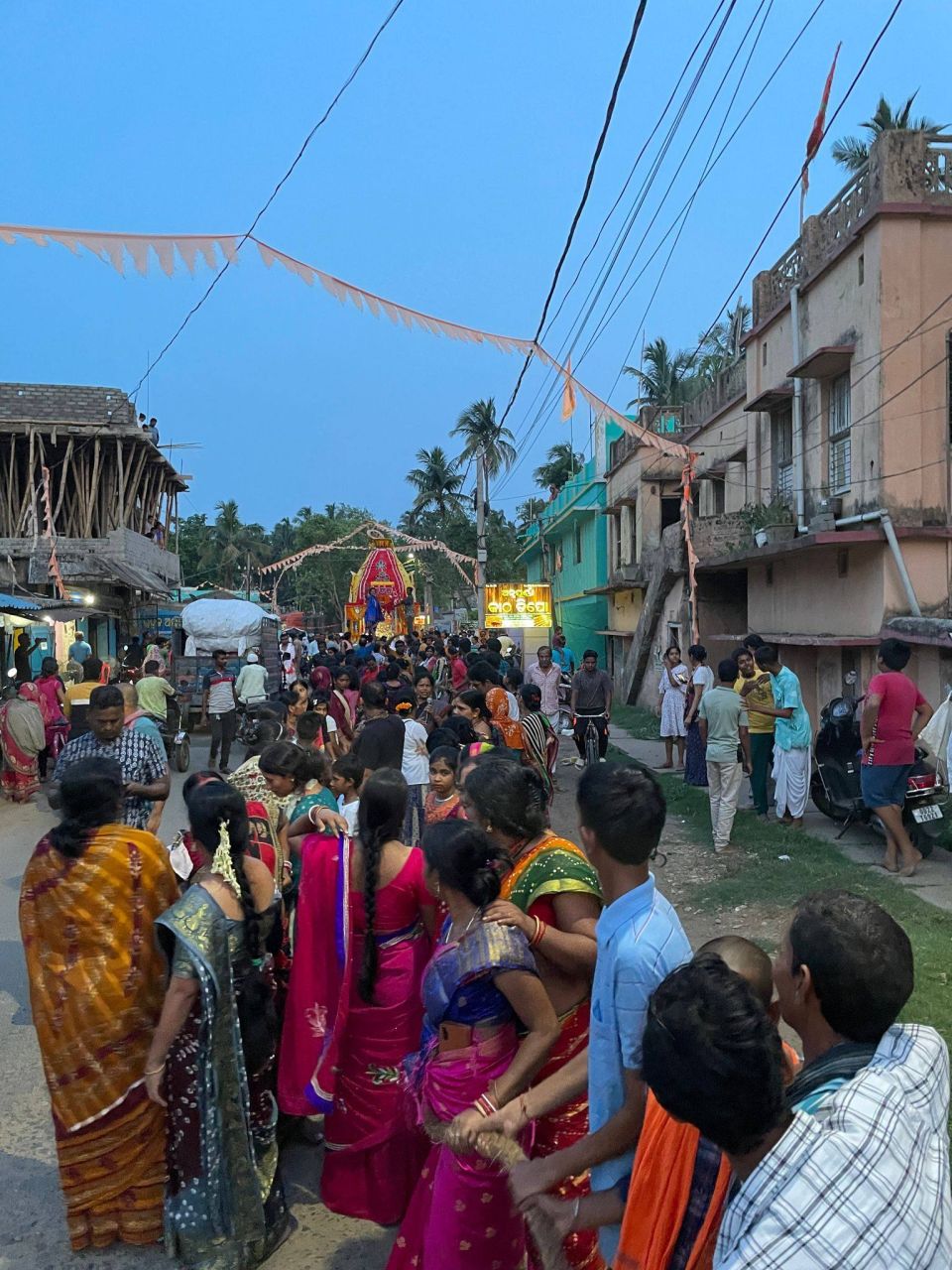
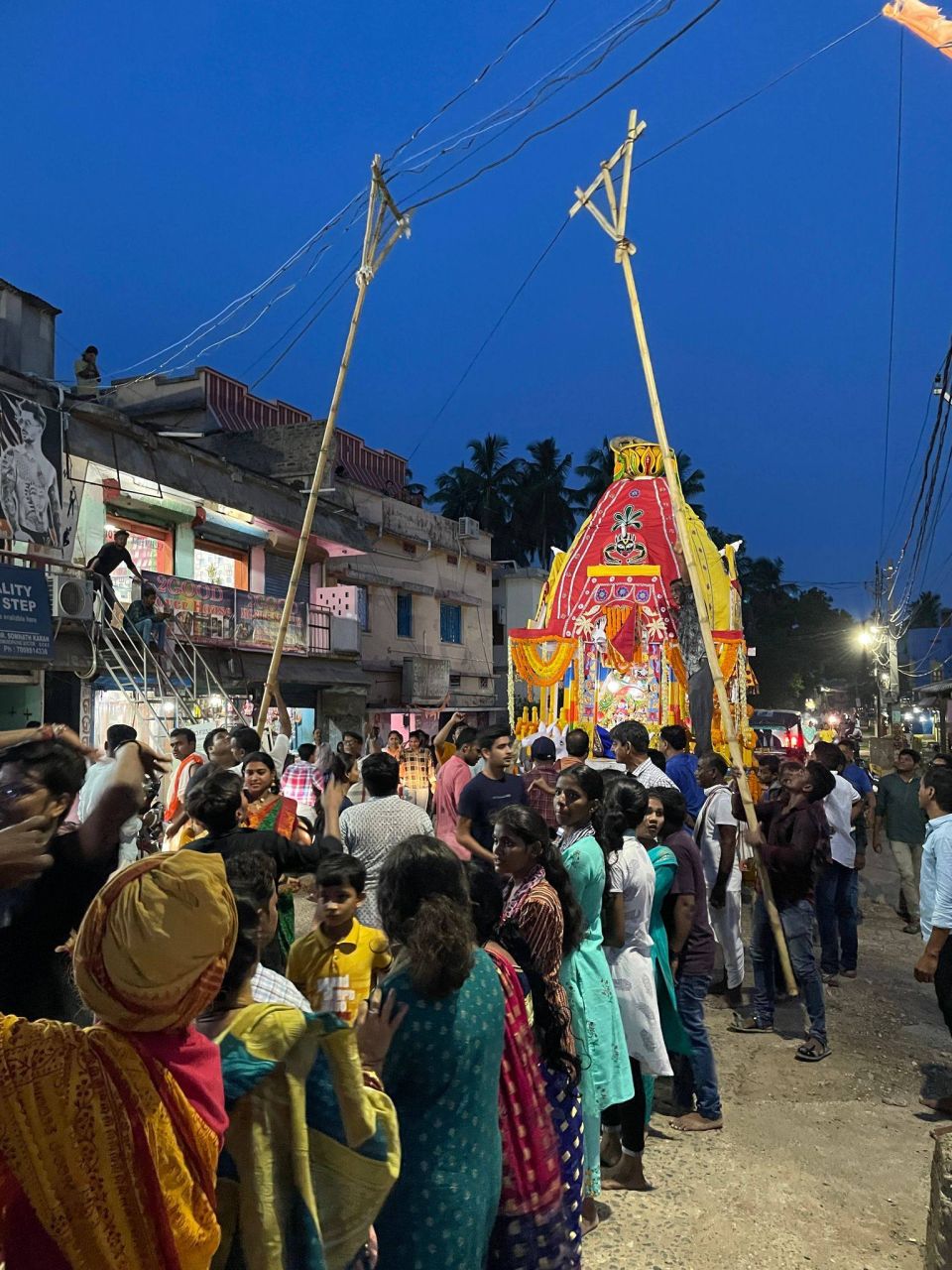
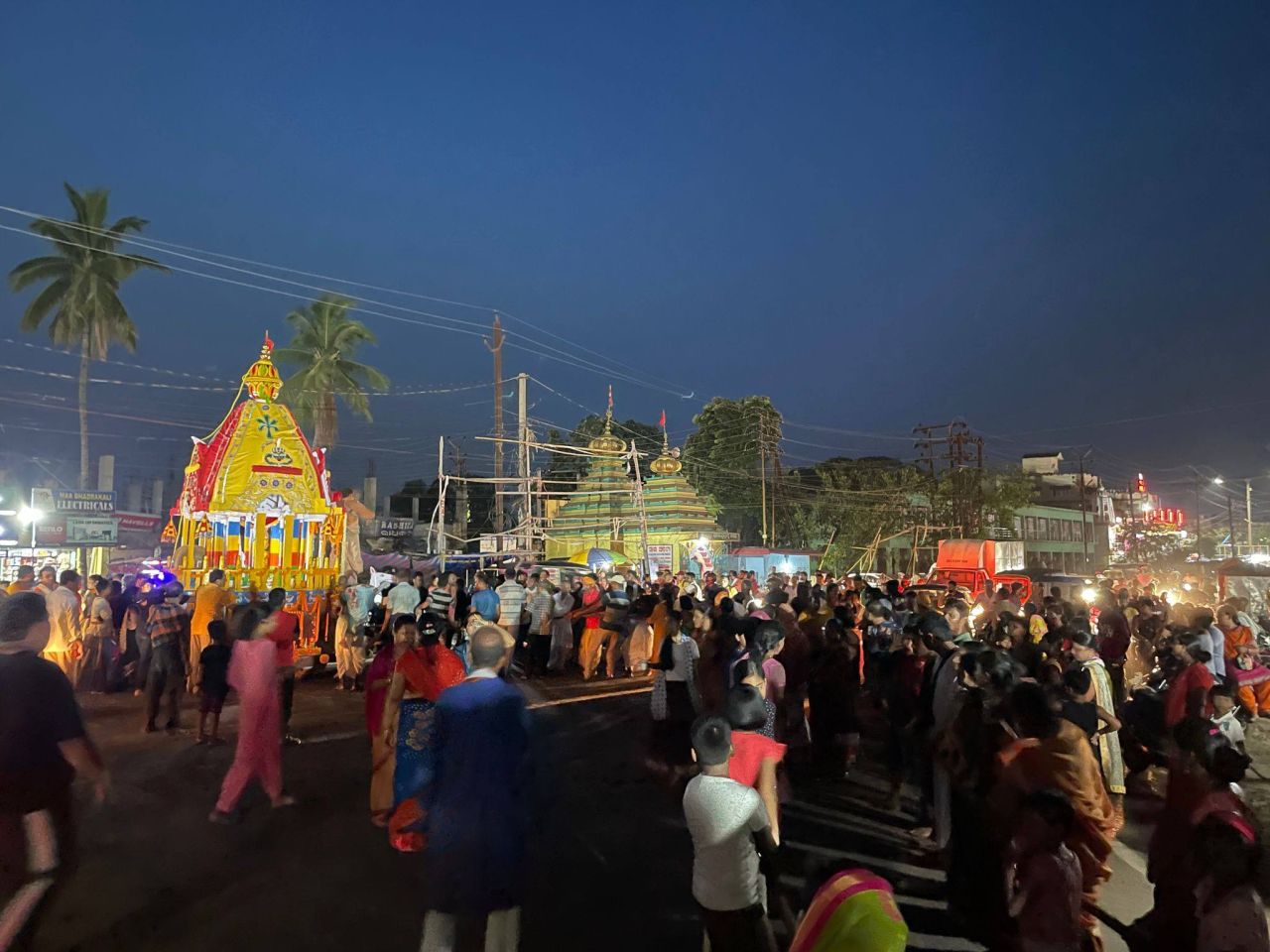
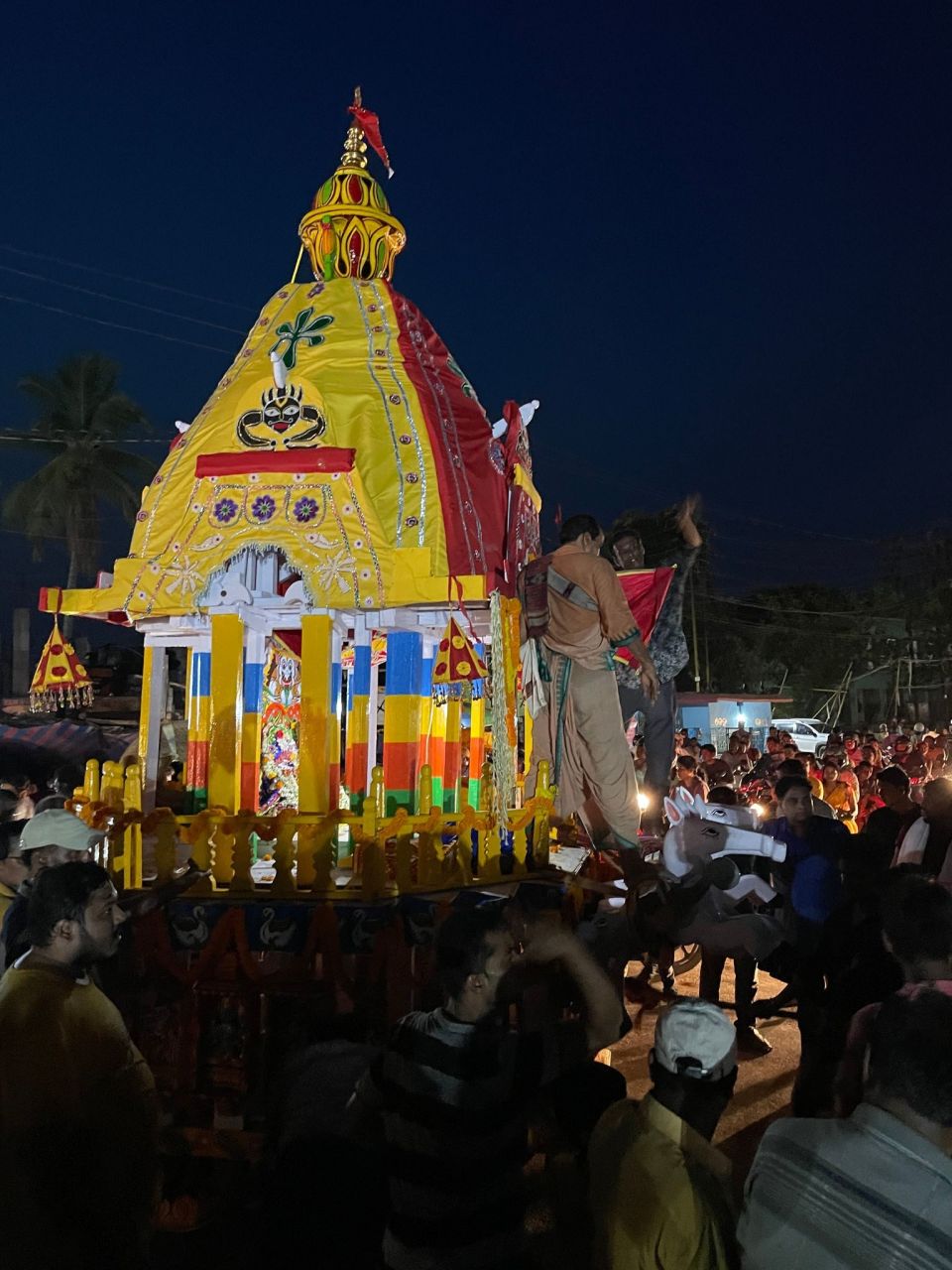
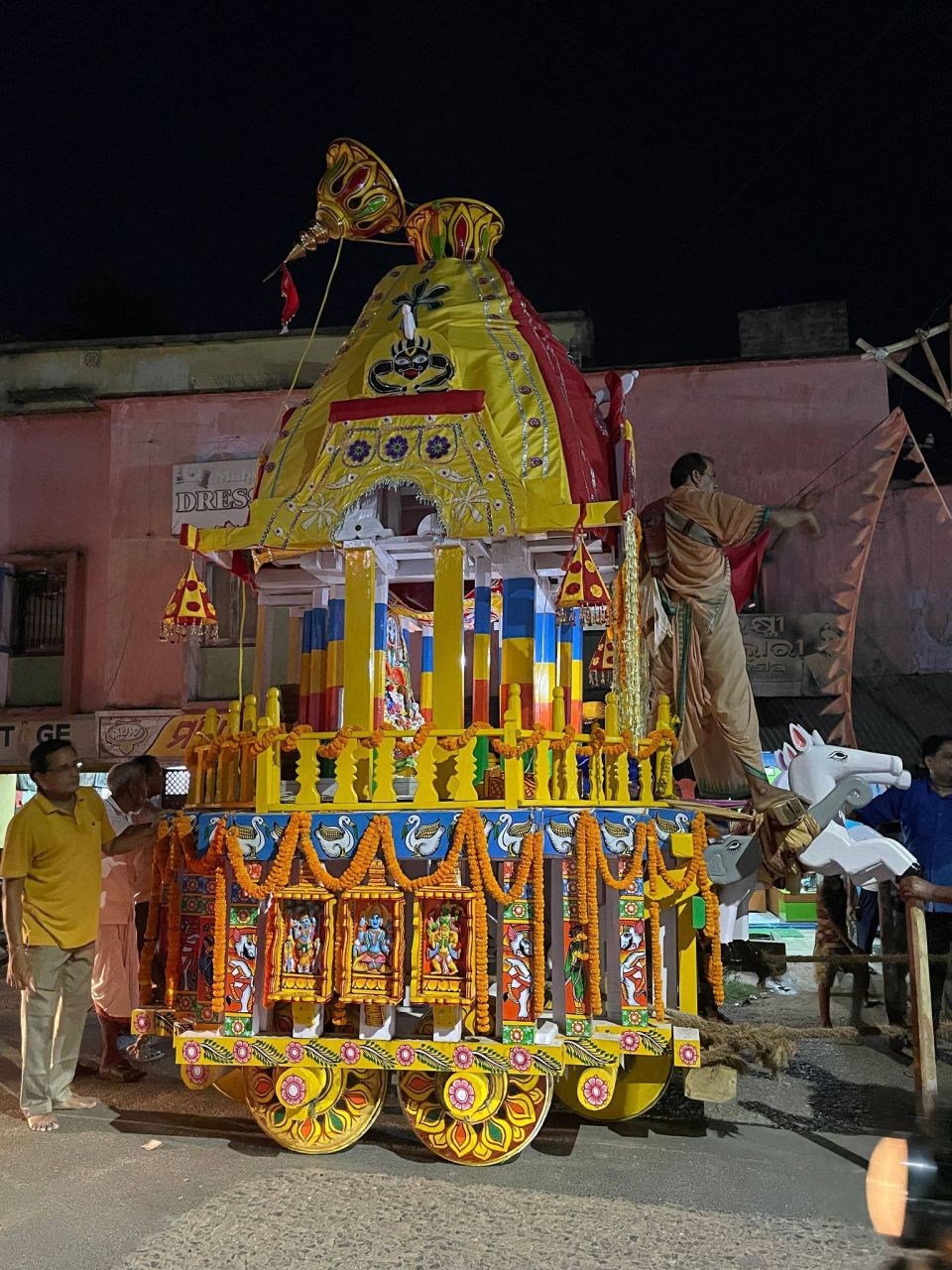
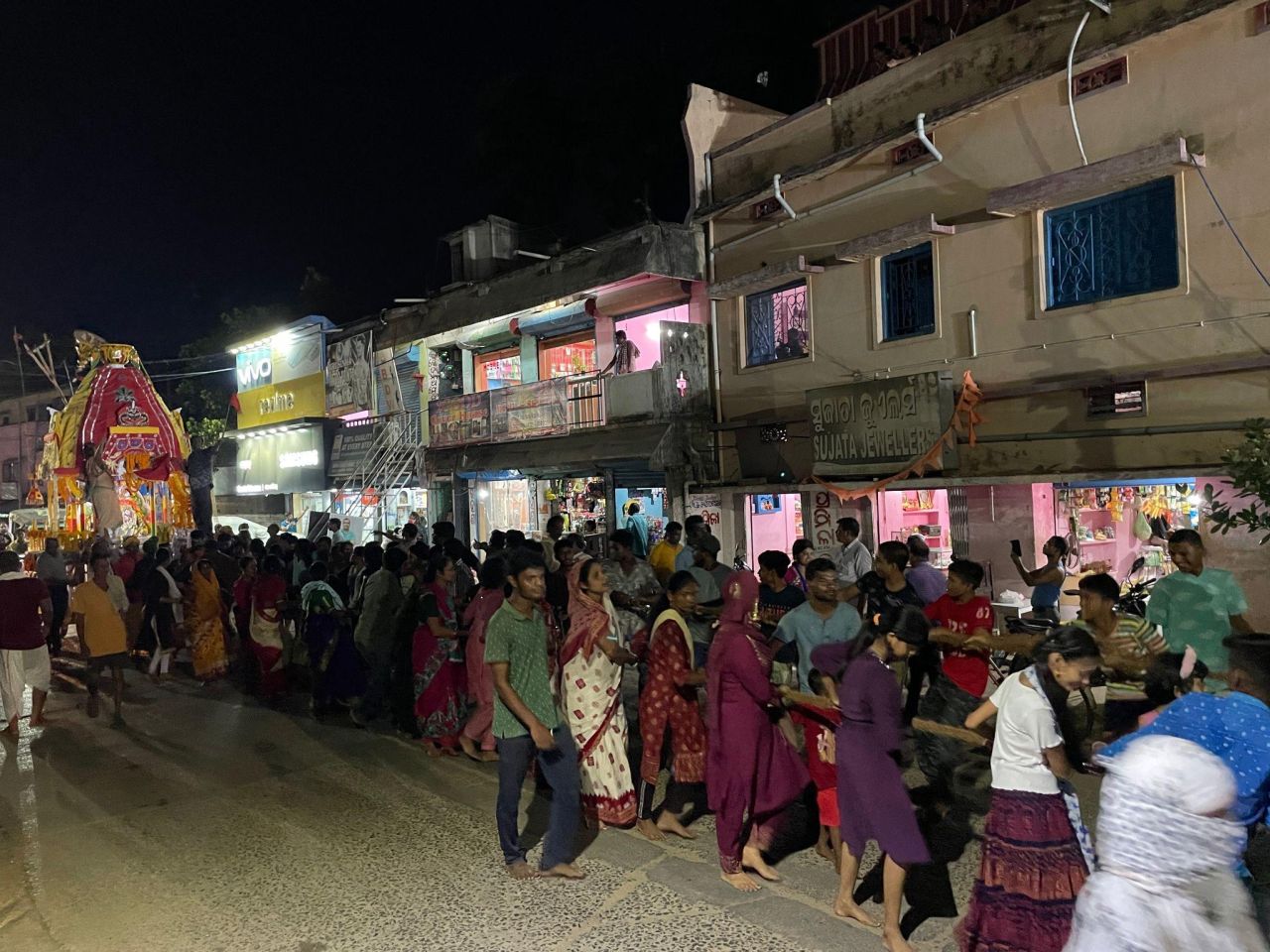
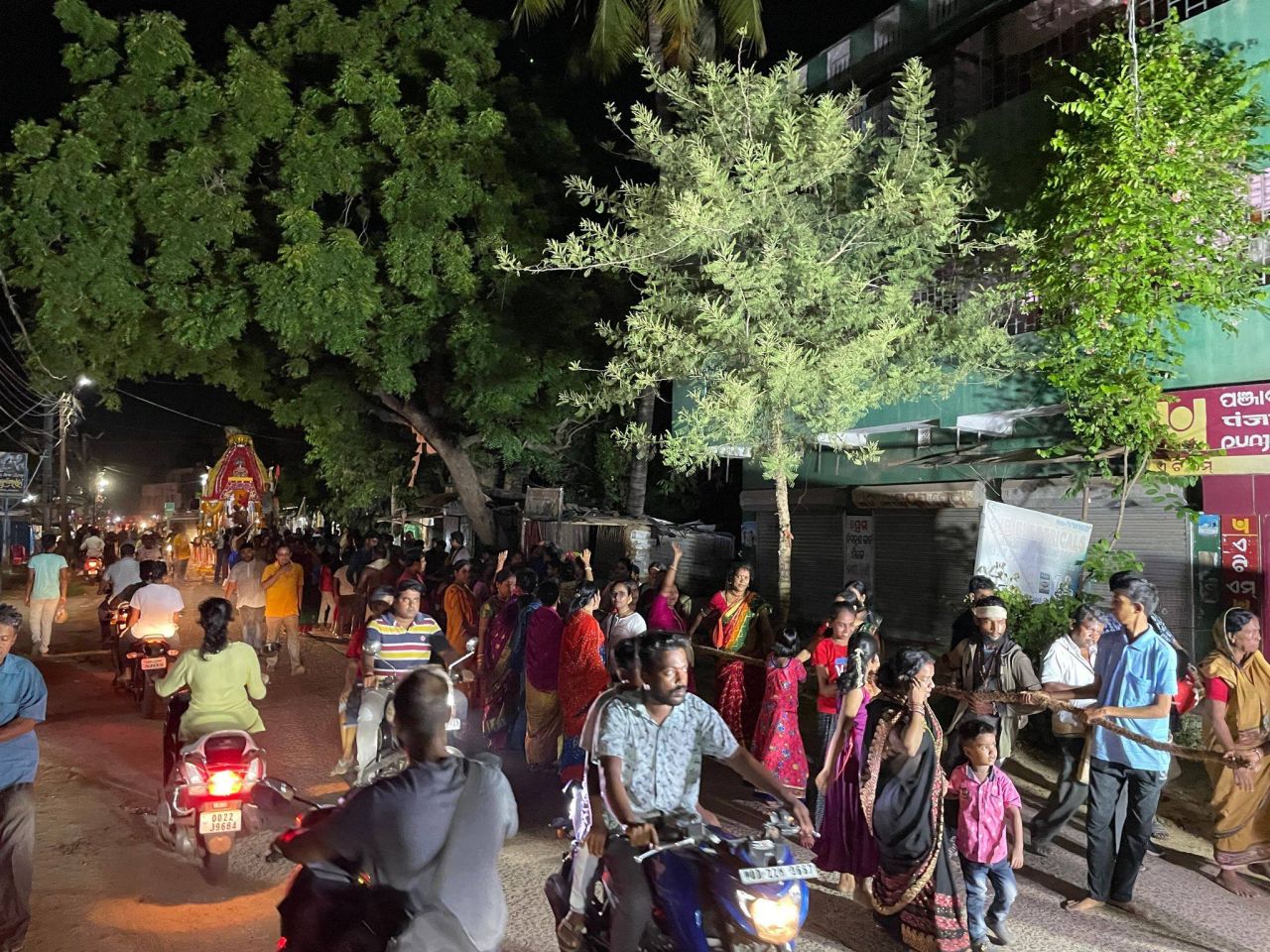
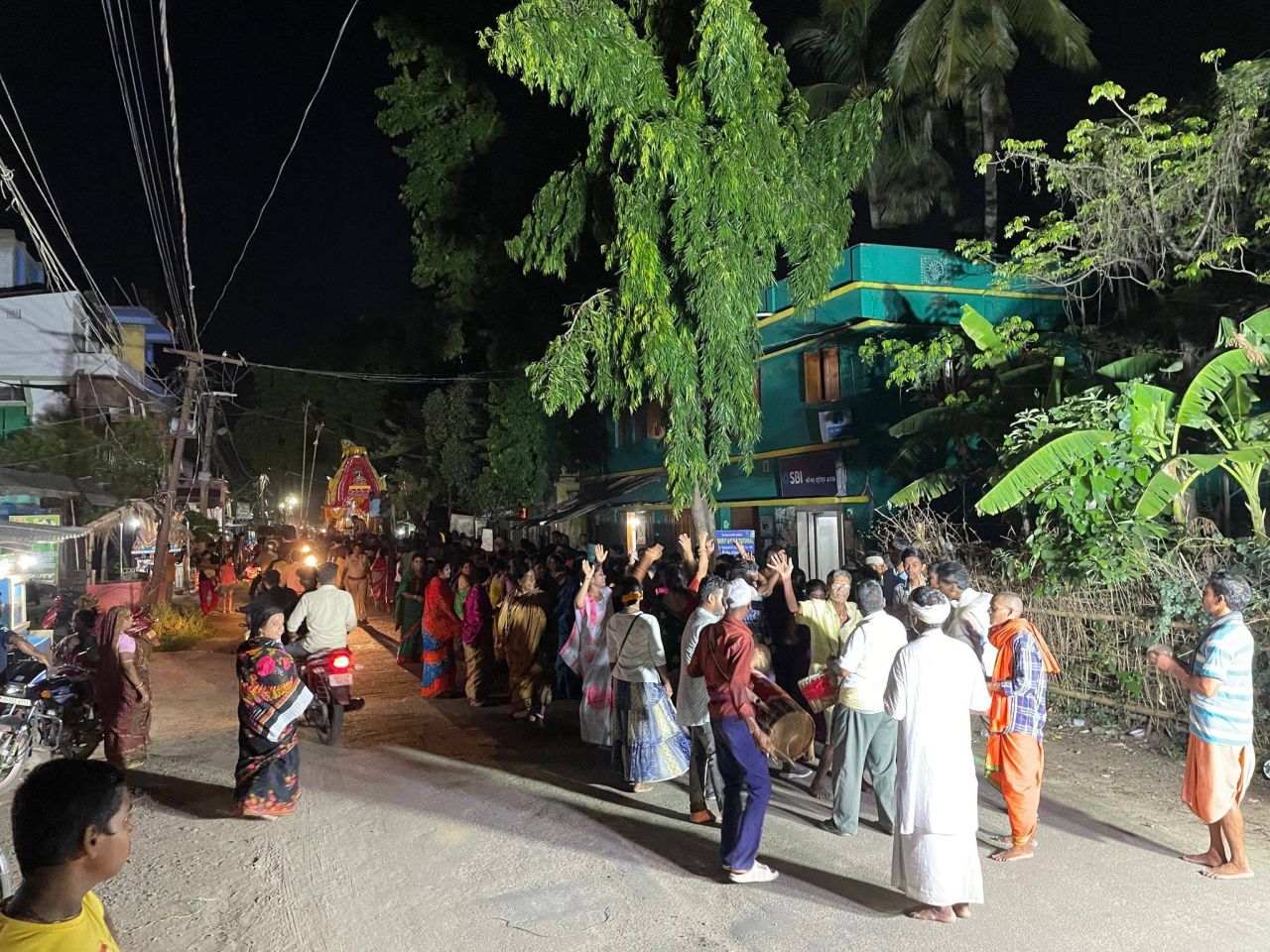
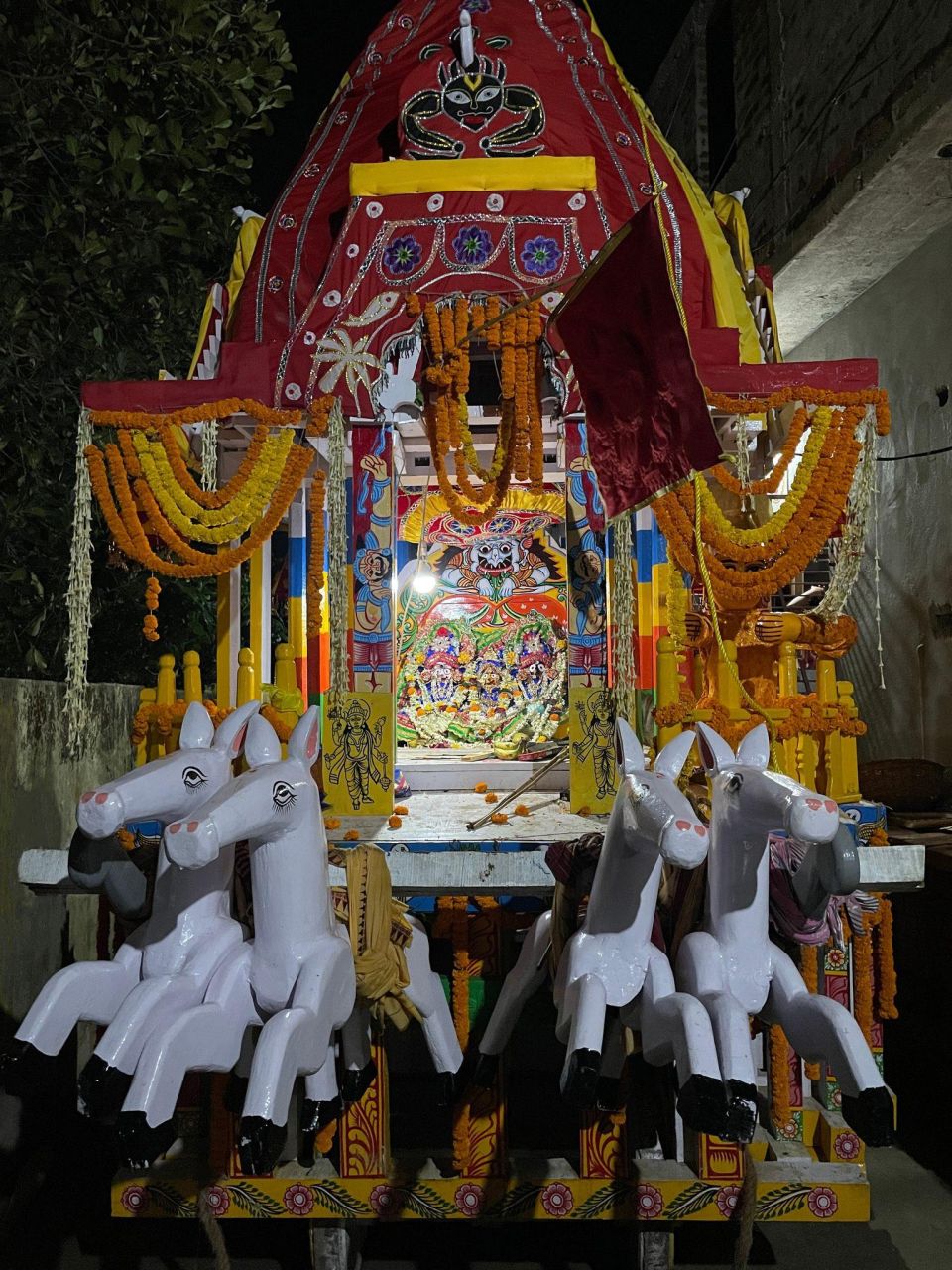
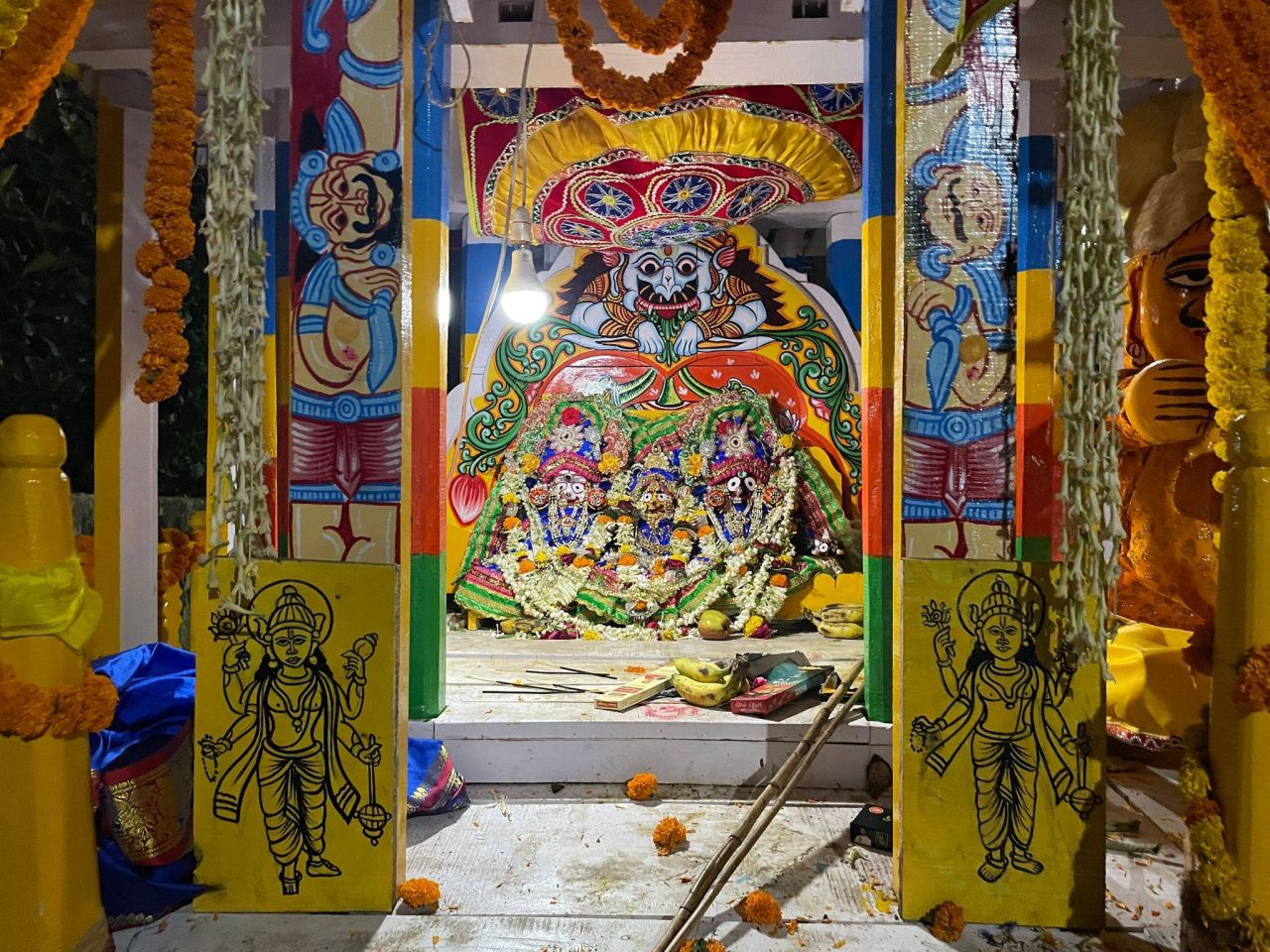
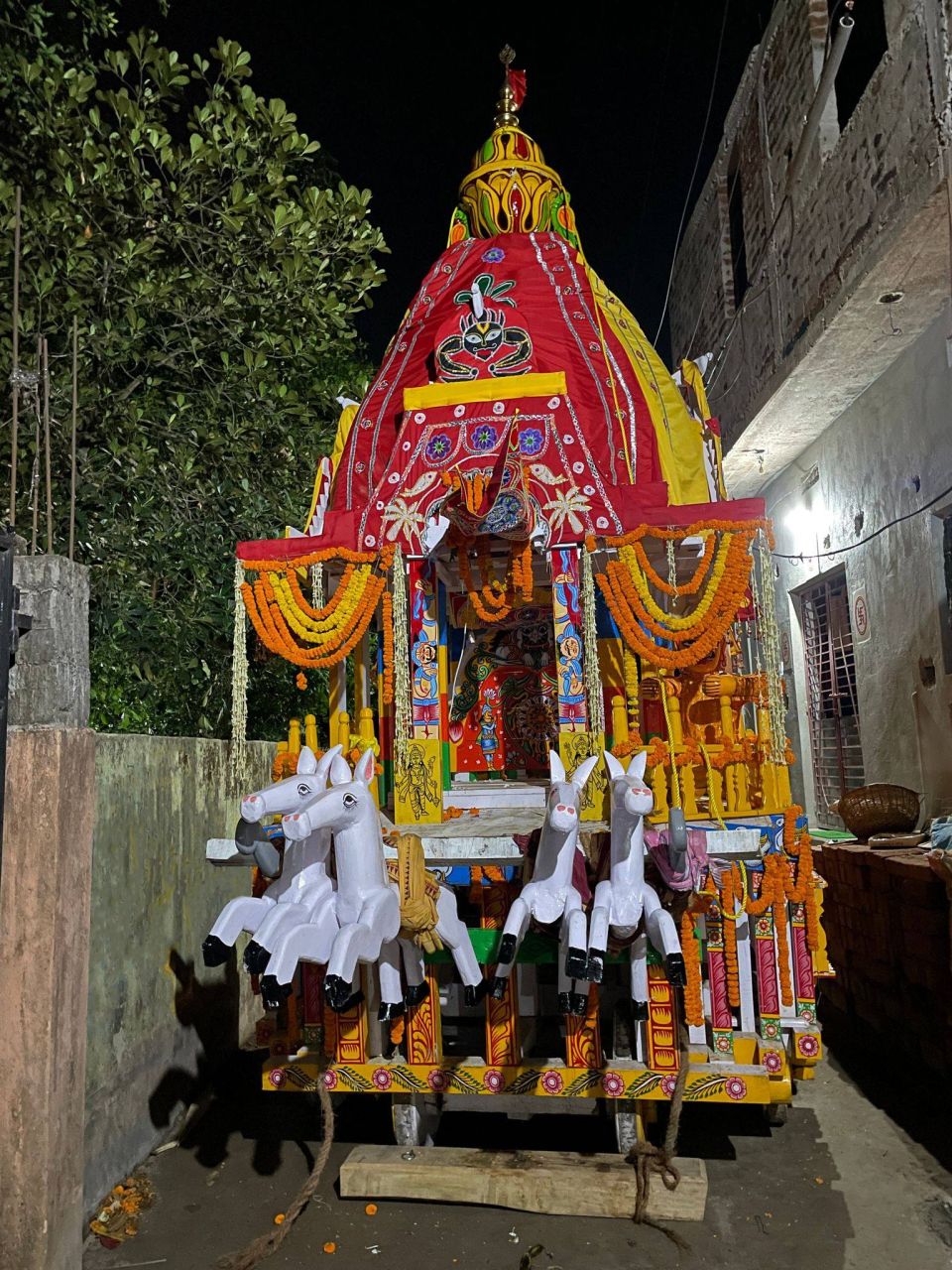




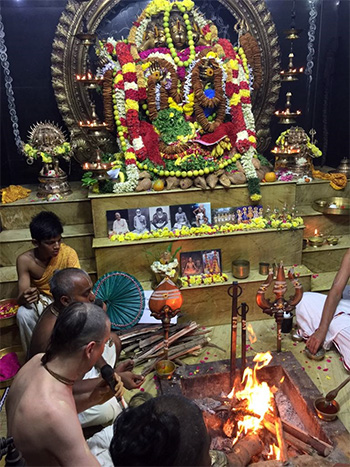
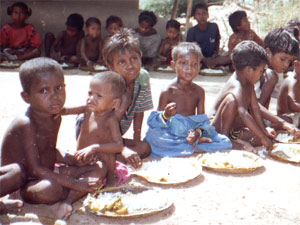
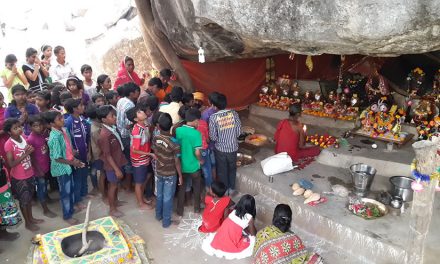
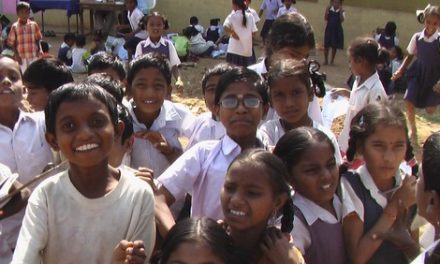
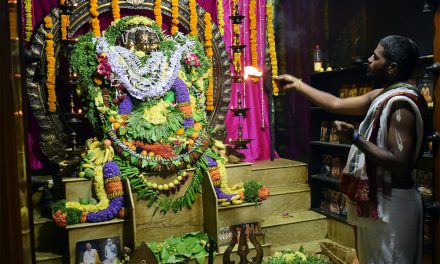
I painted the Rathayatra cart in Denver, Colorado USA. It was the best job i ever had !
Wonderful! When I see this smaller cart it looks like a Vimana.
It’s beautiful!